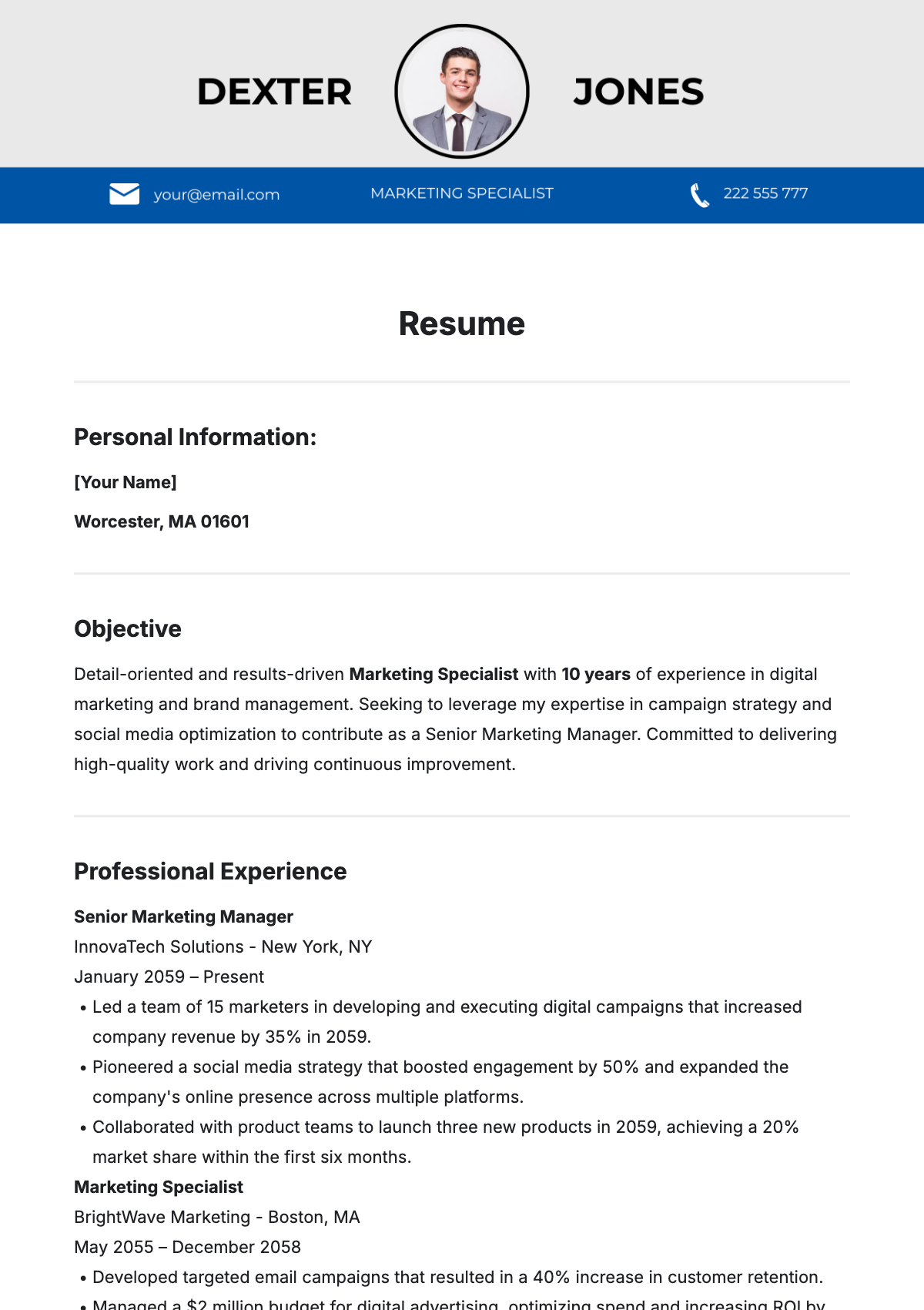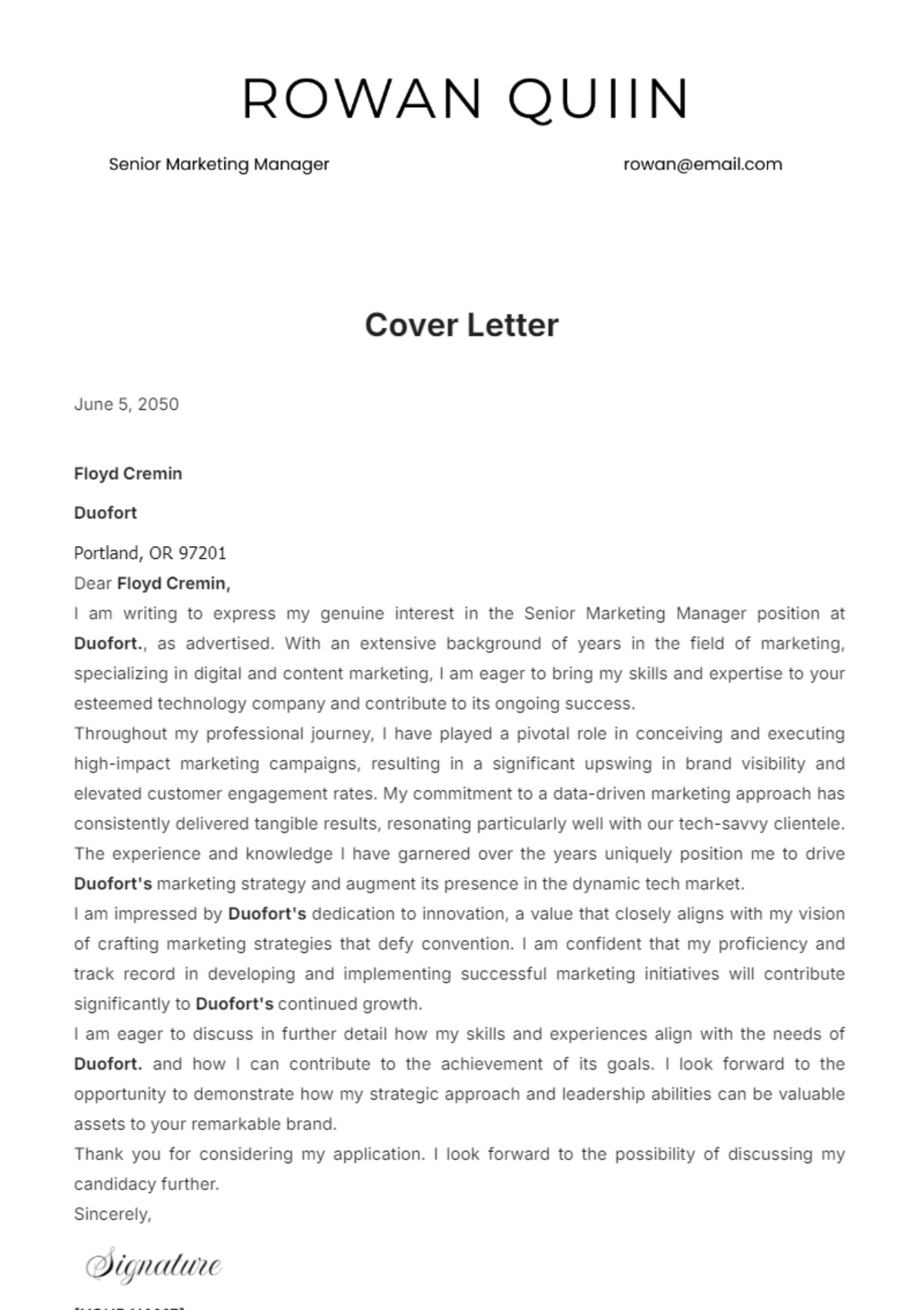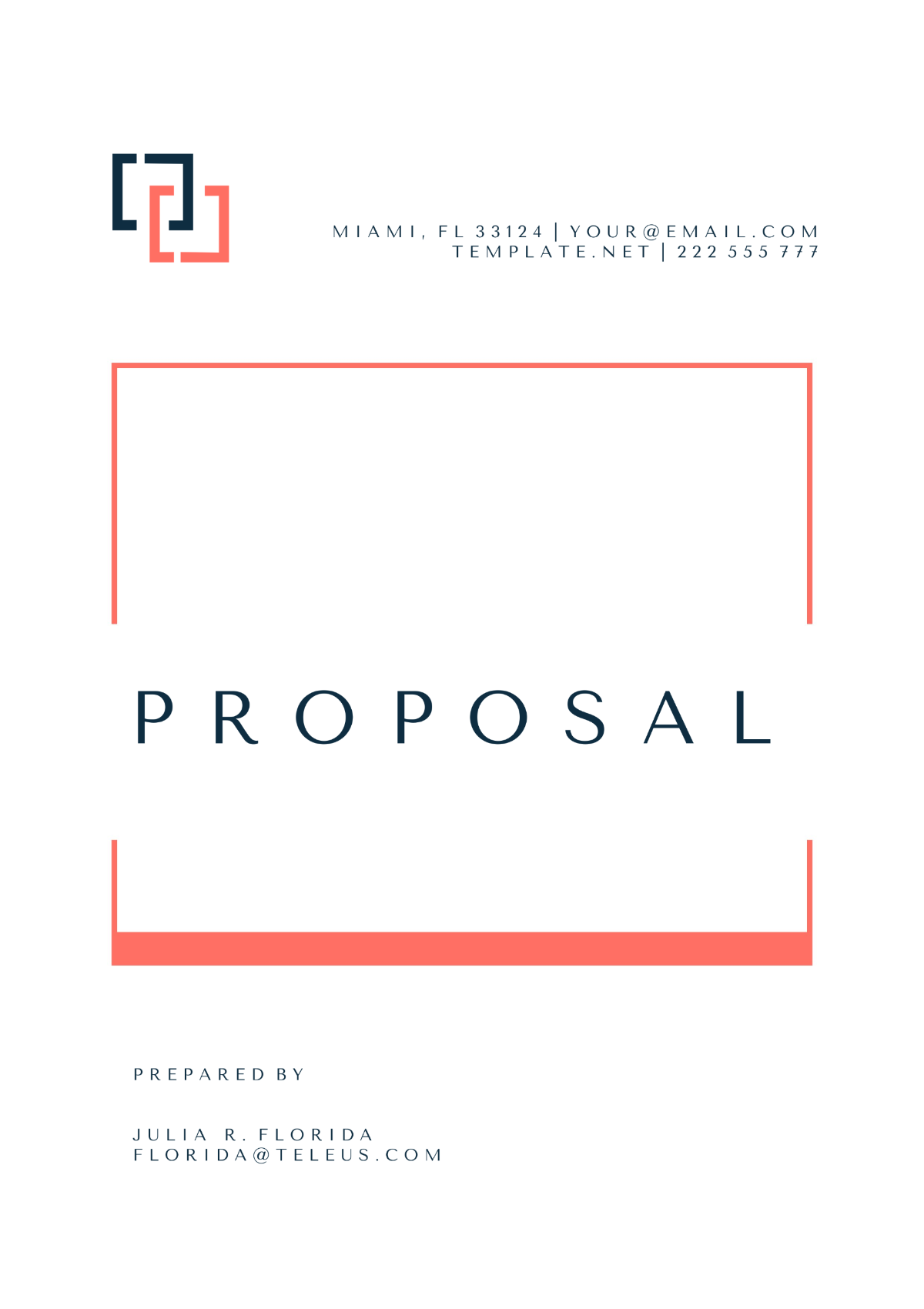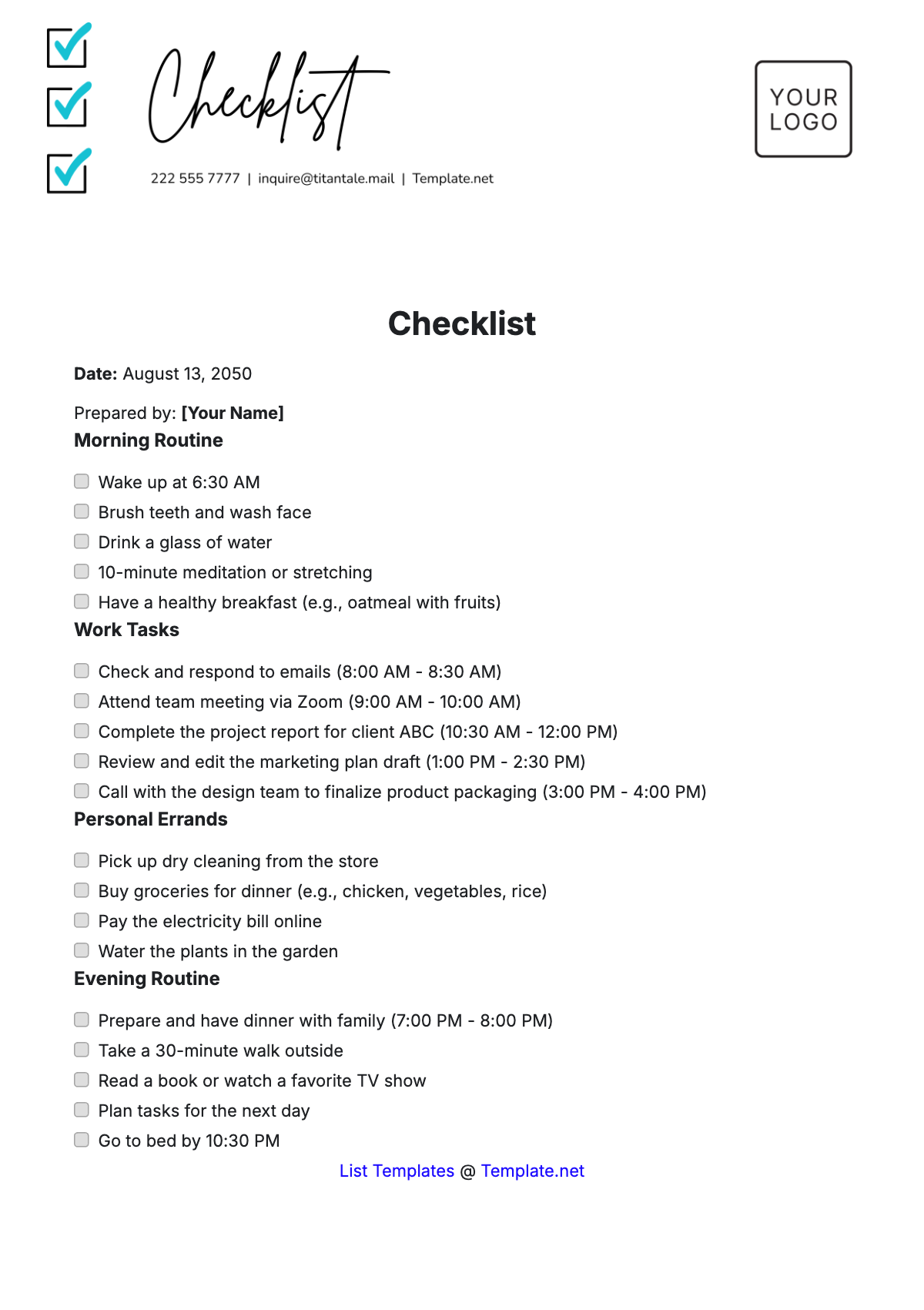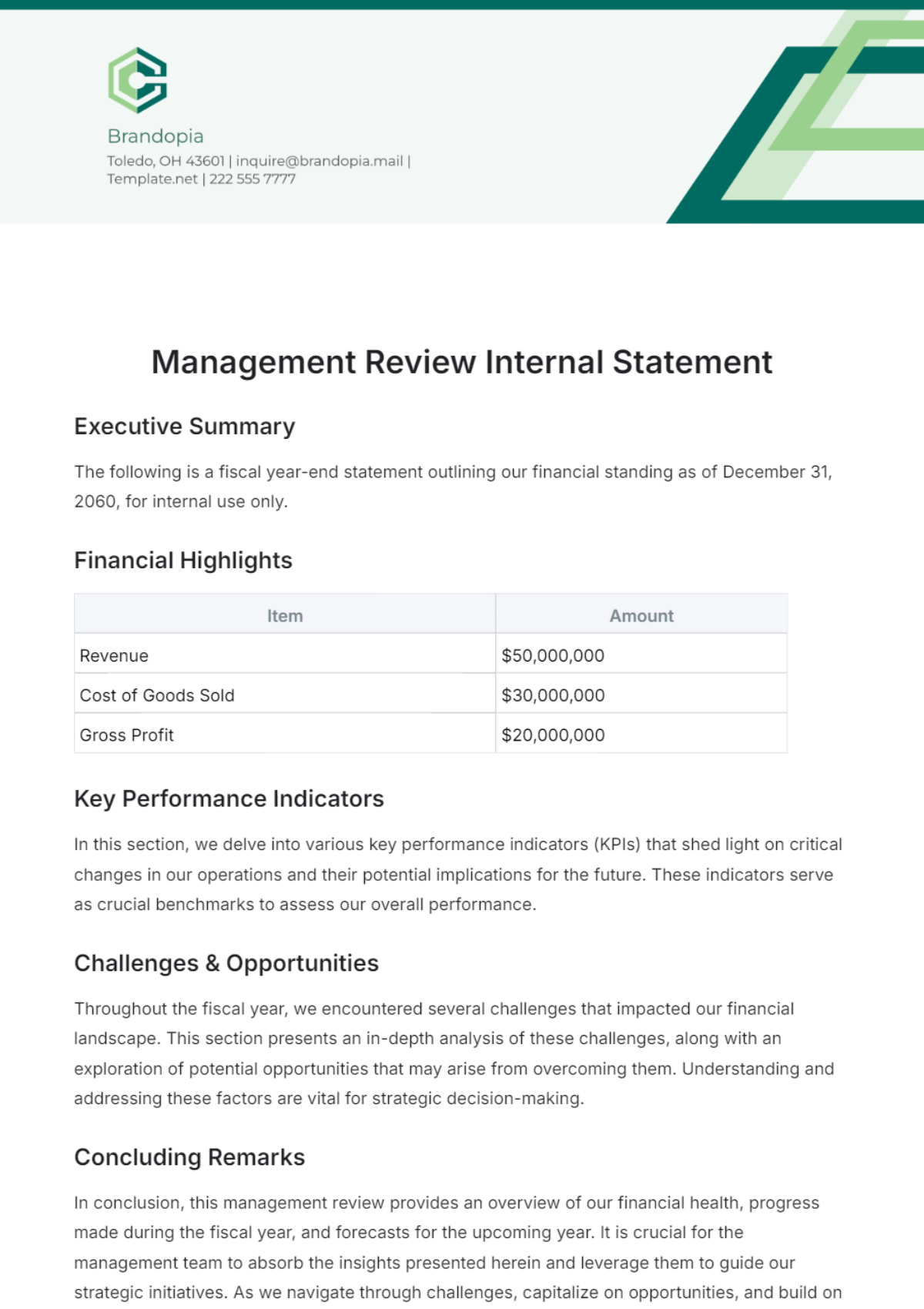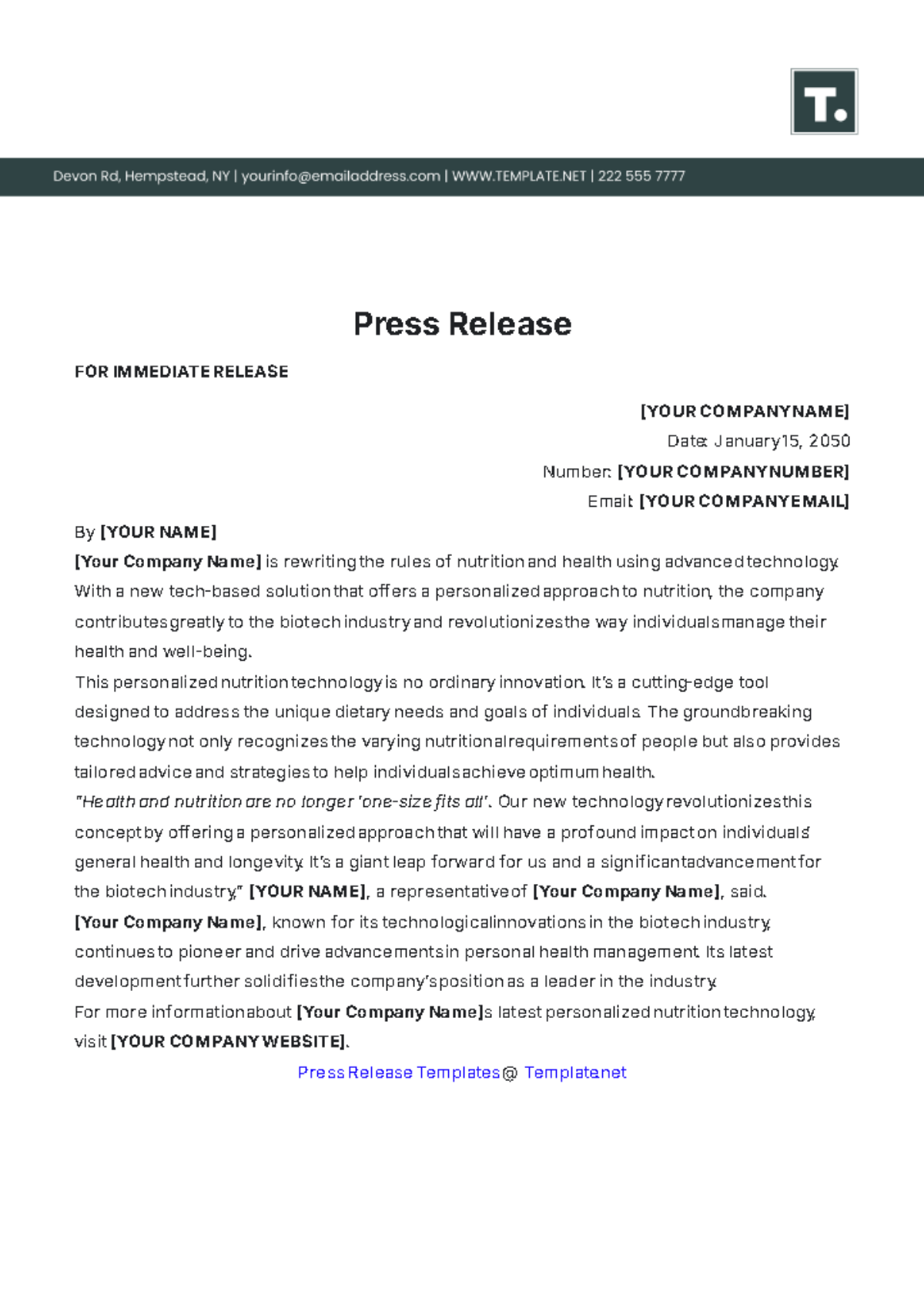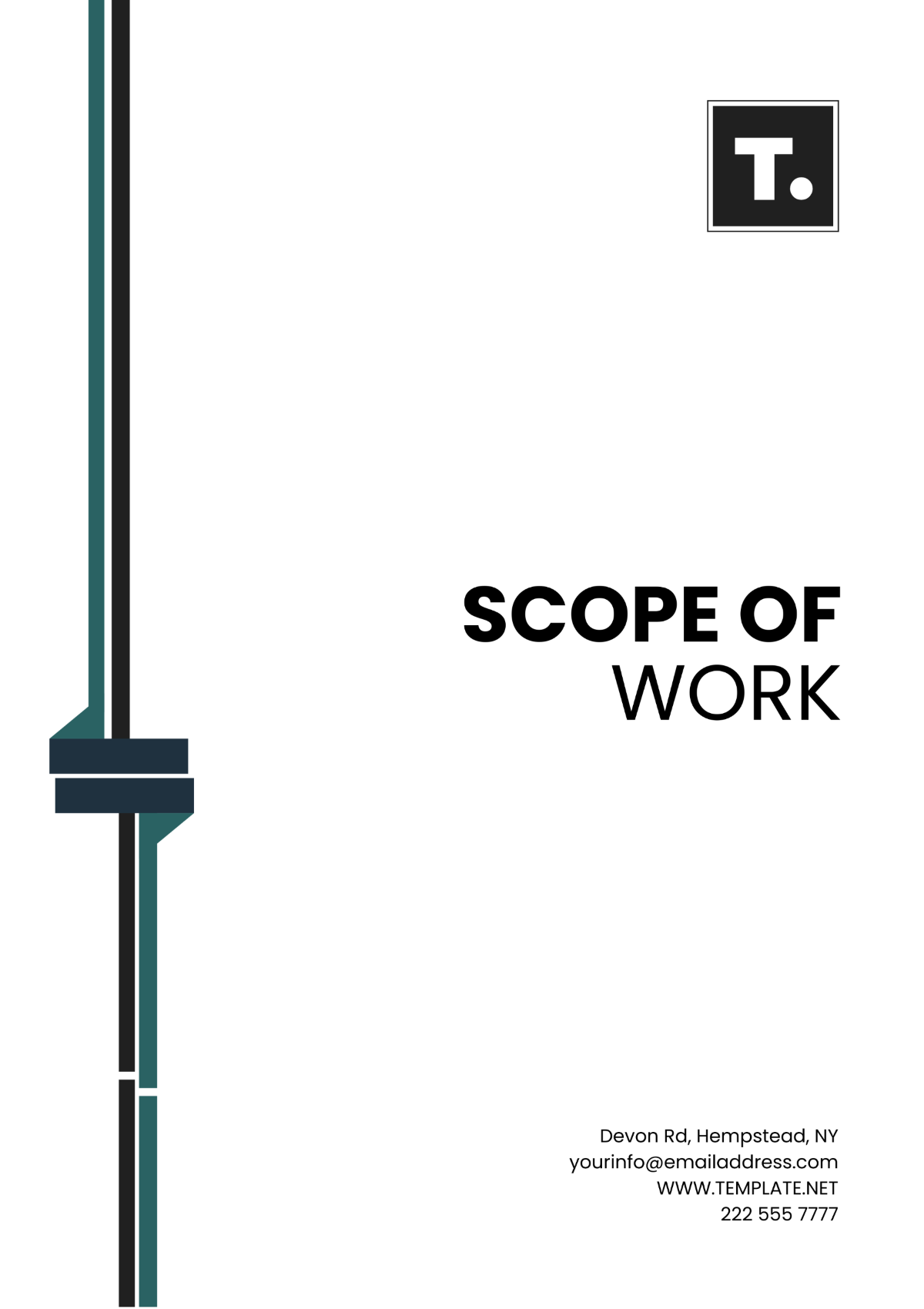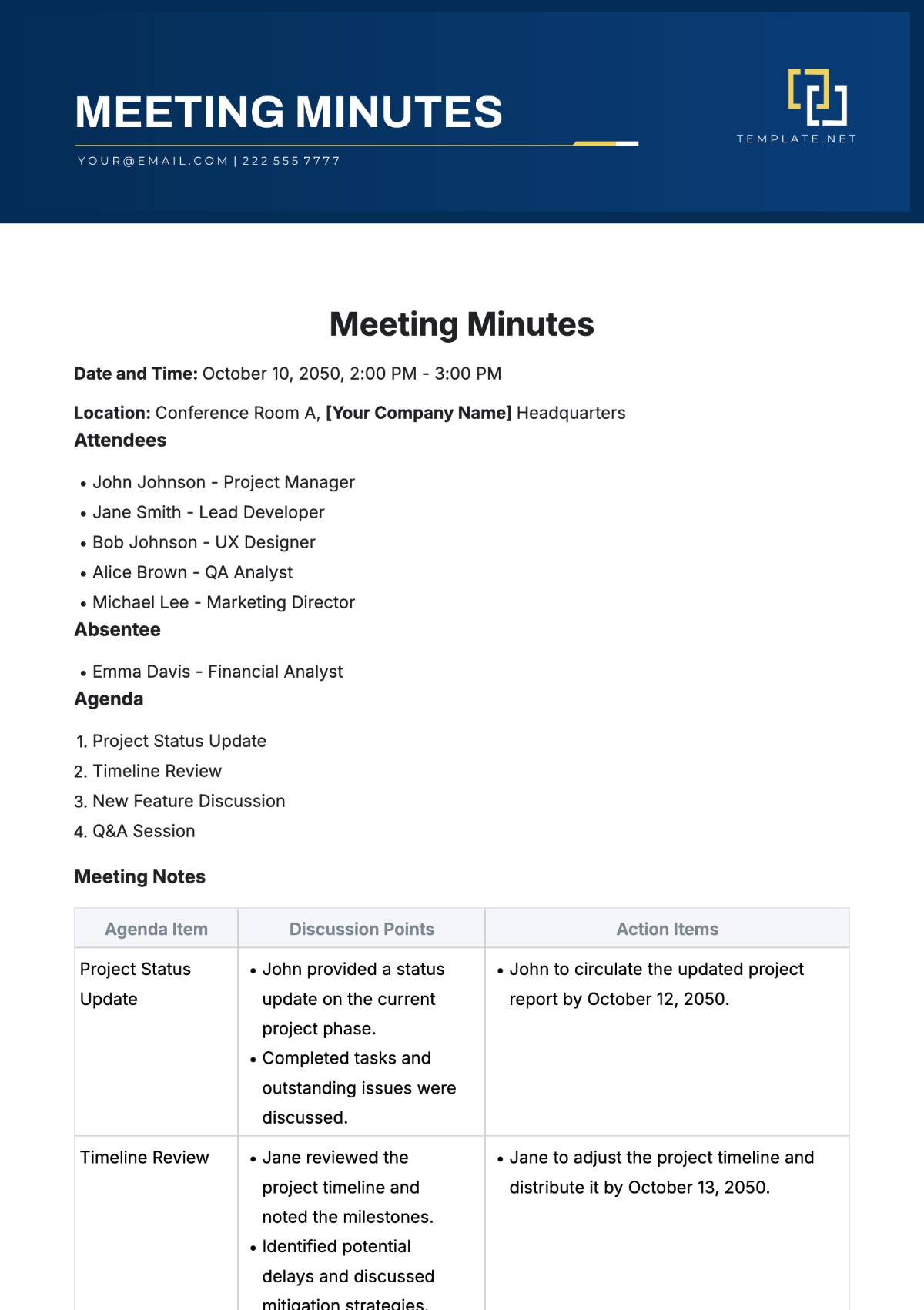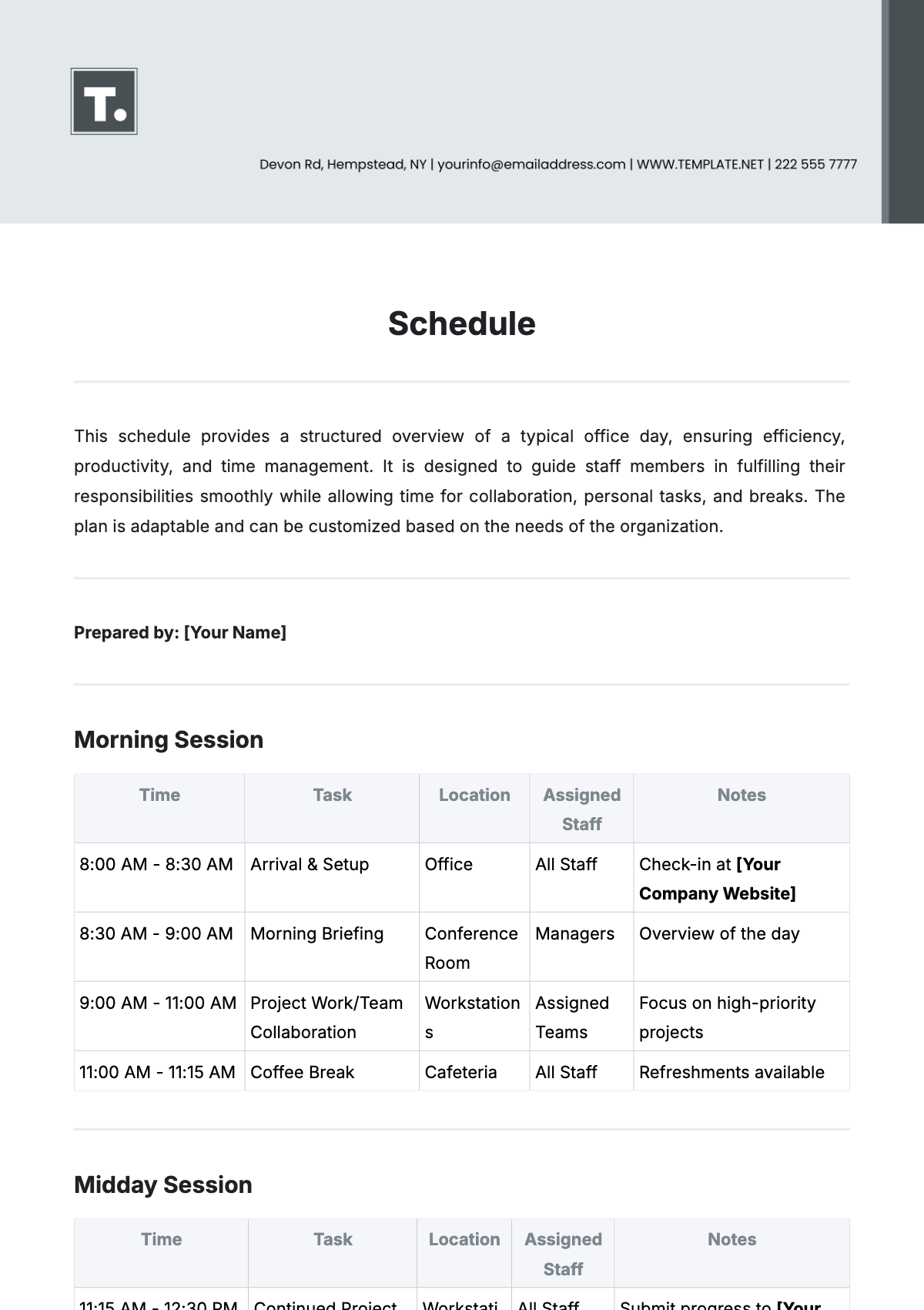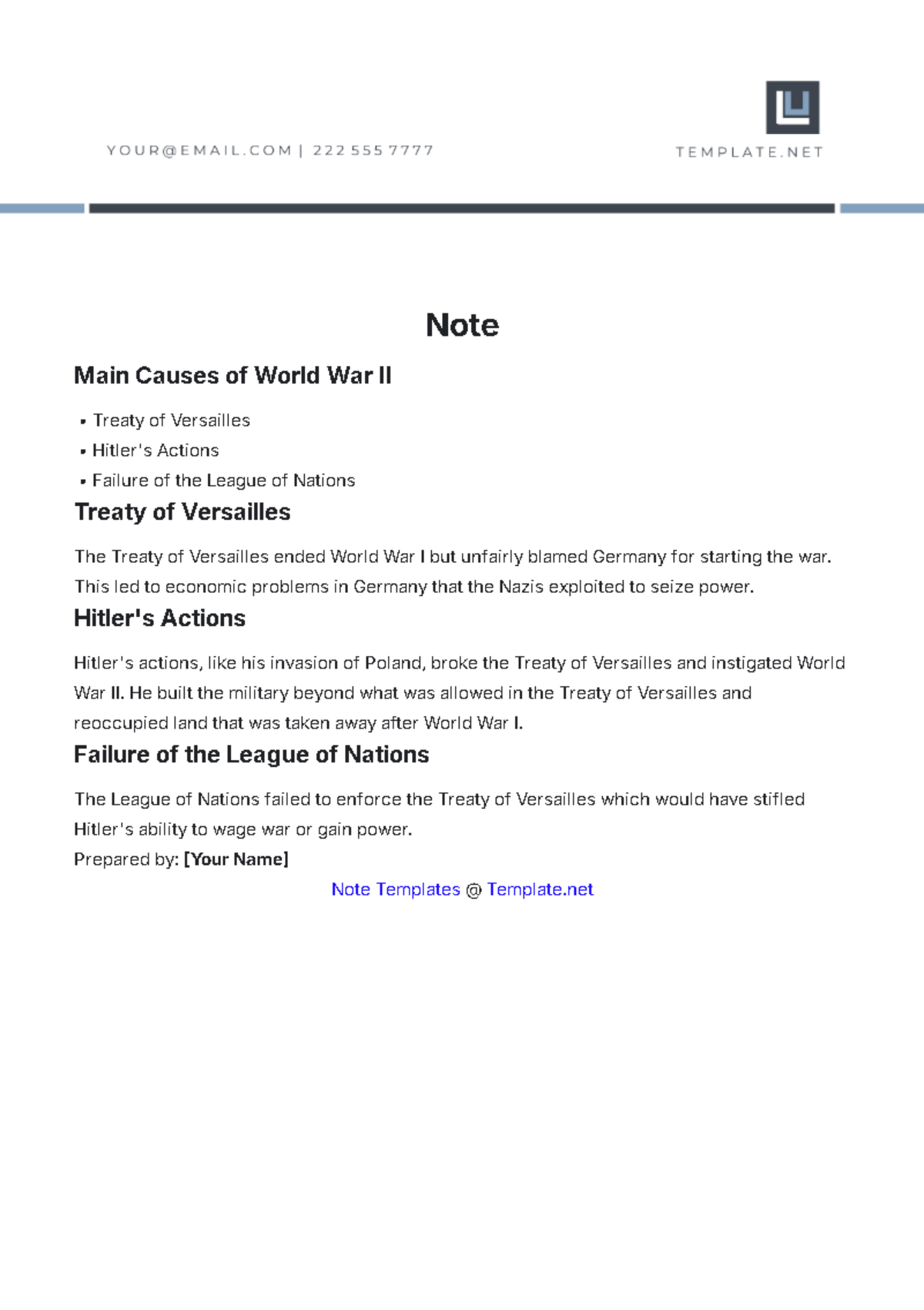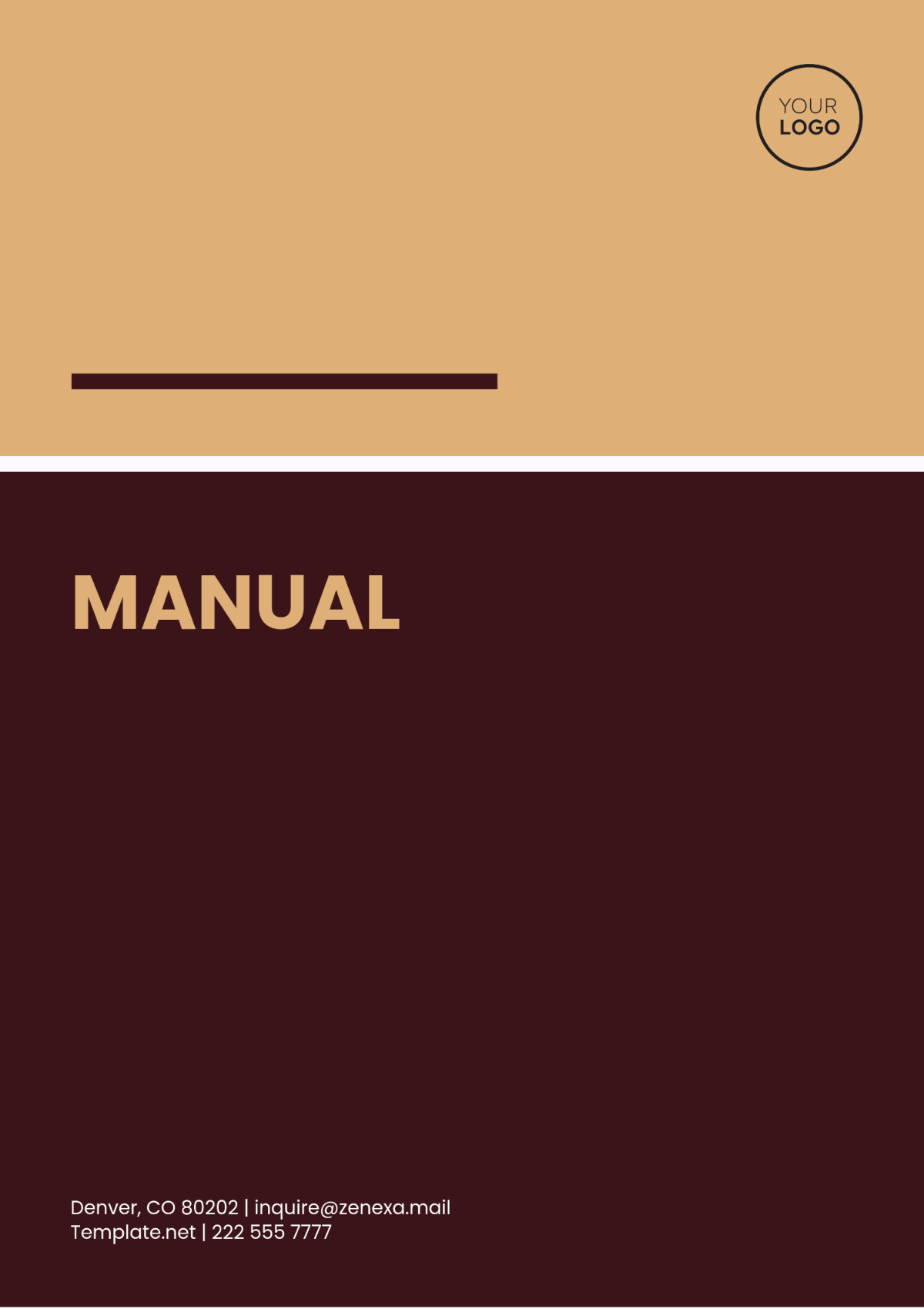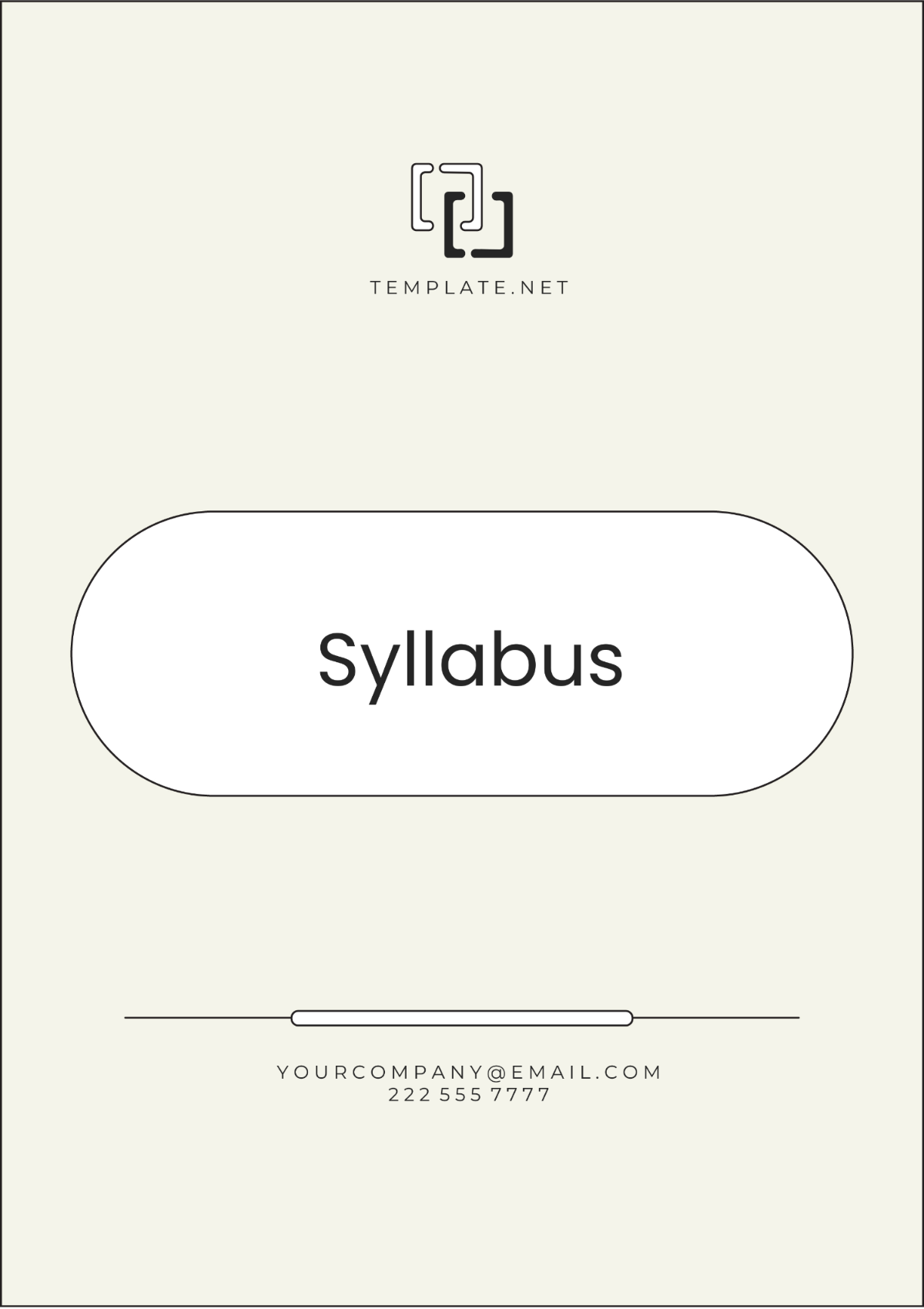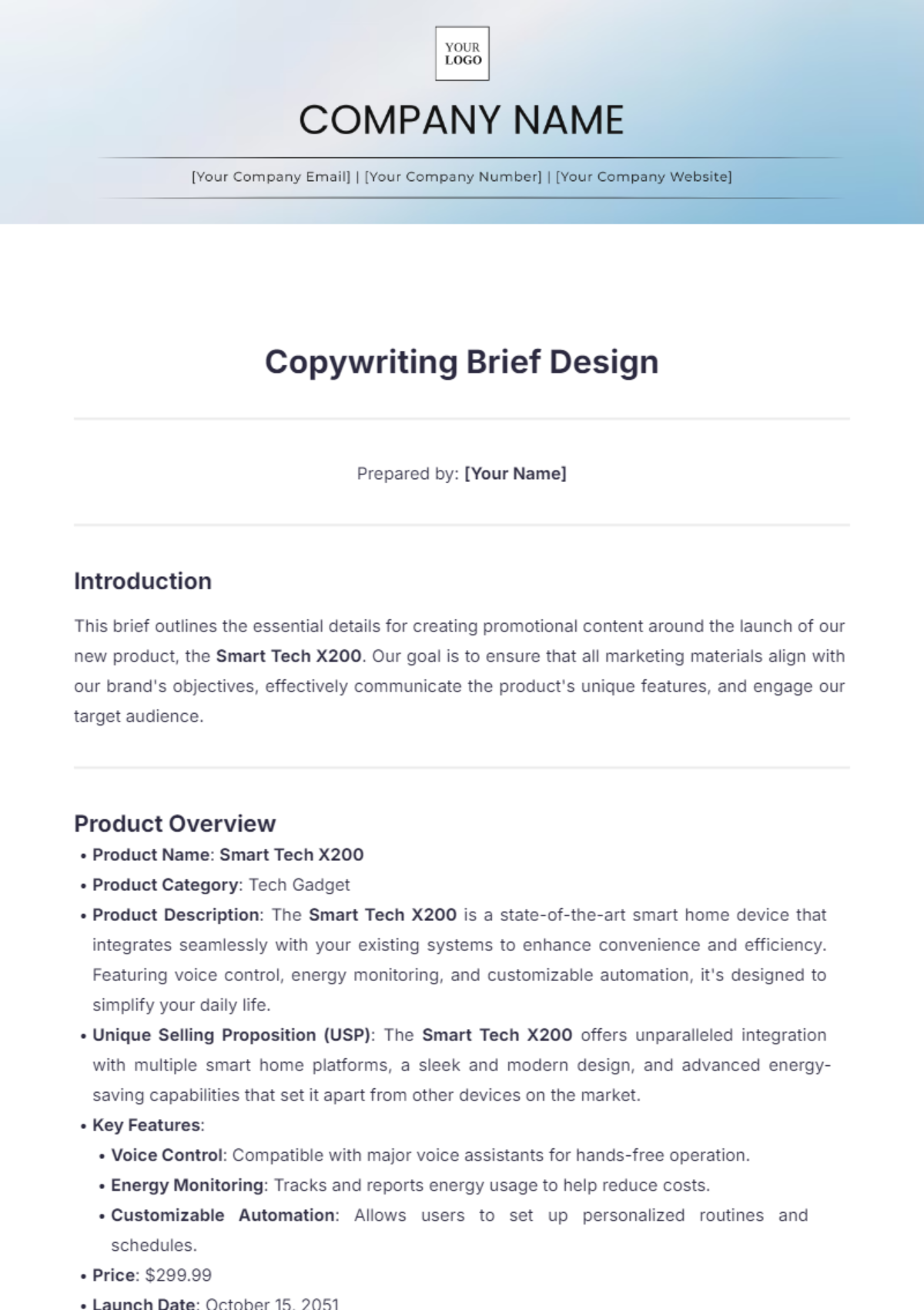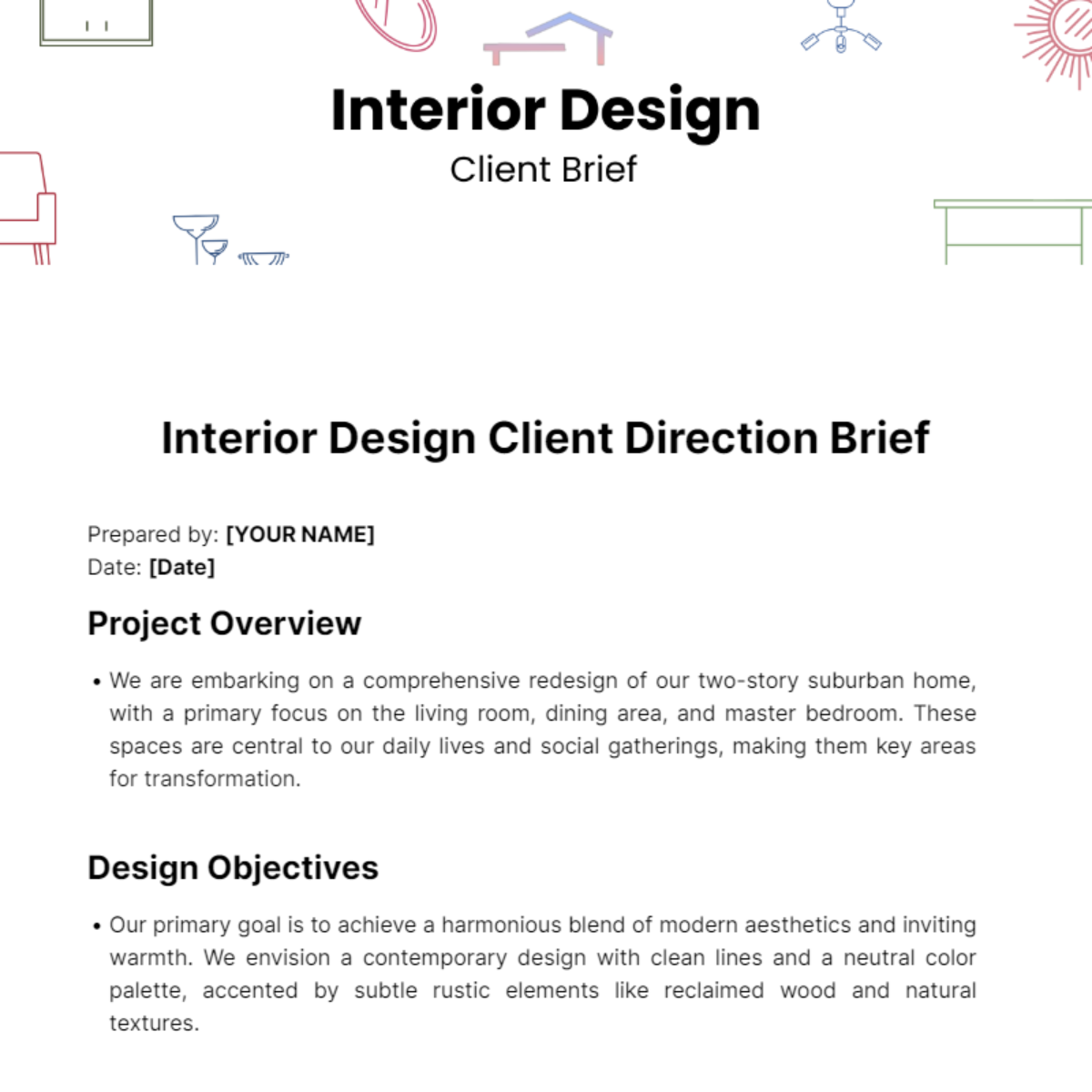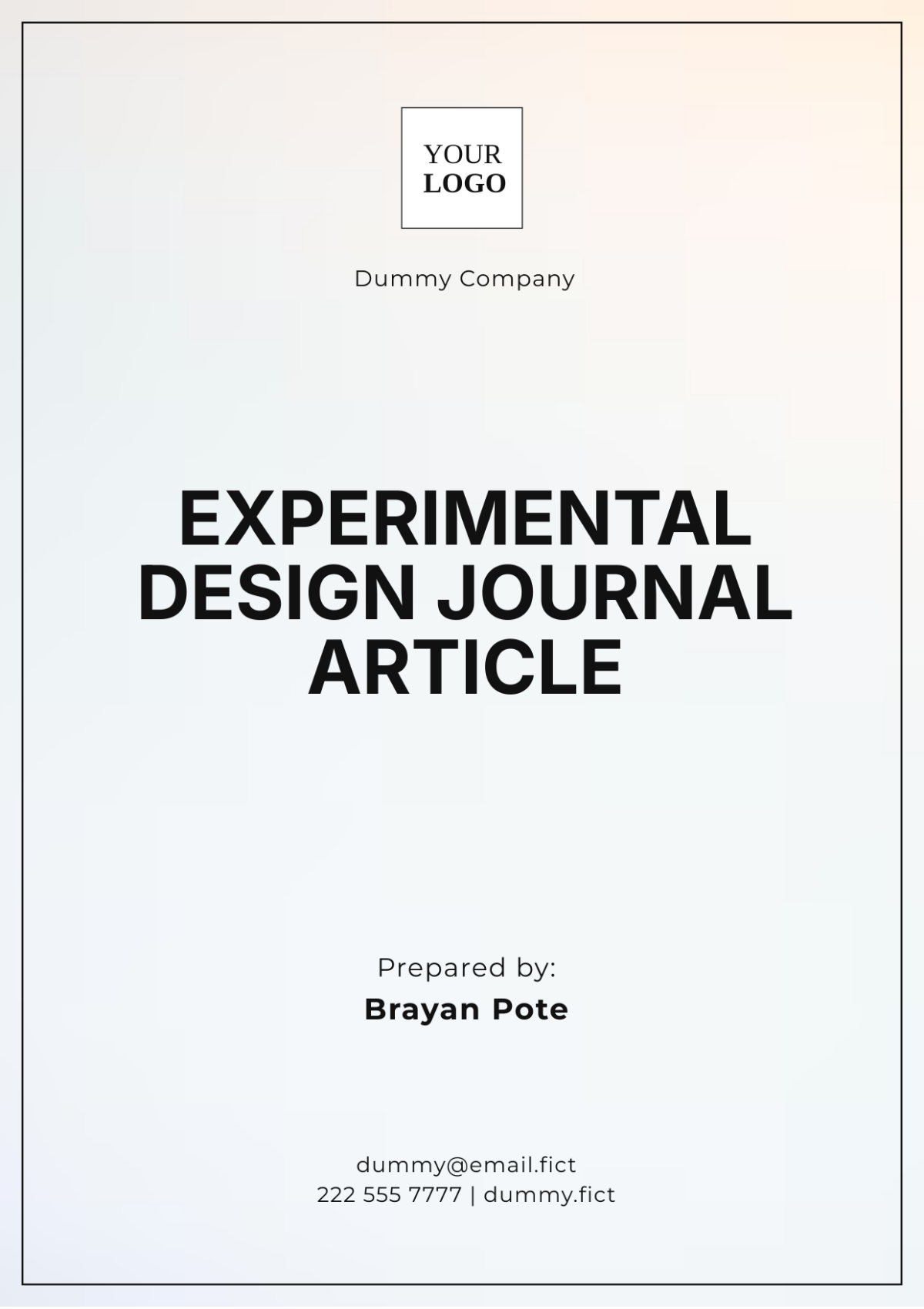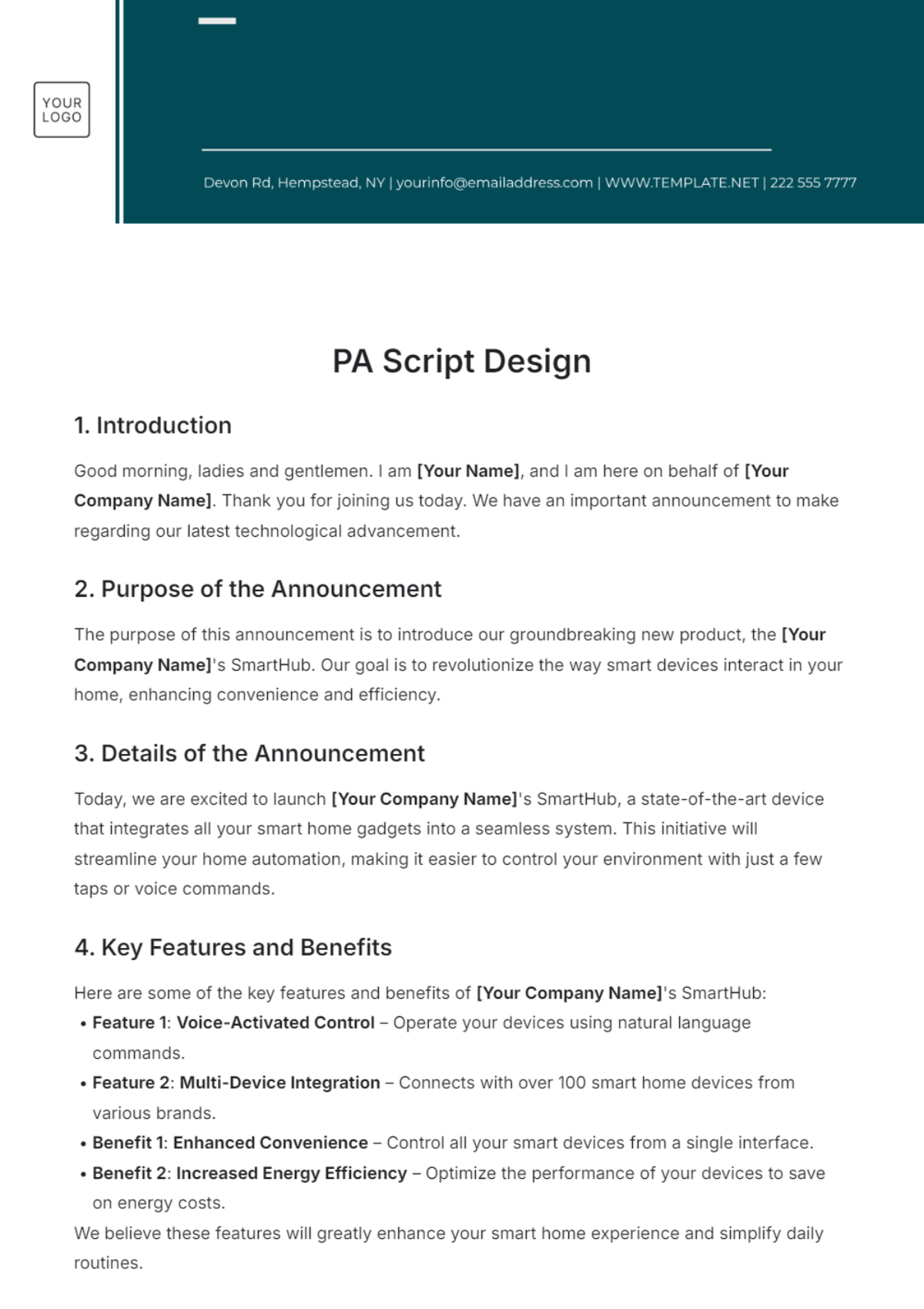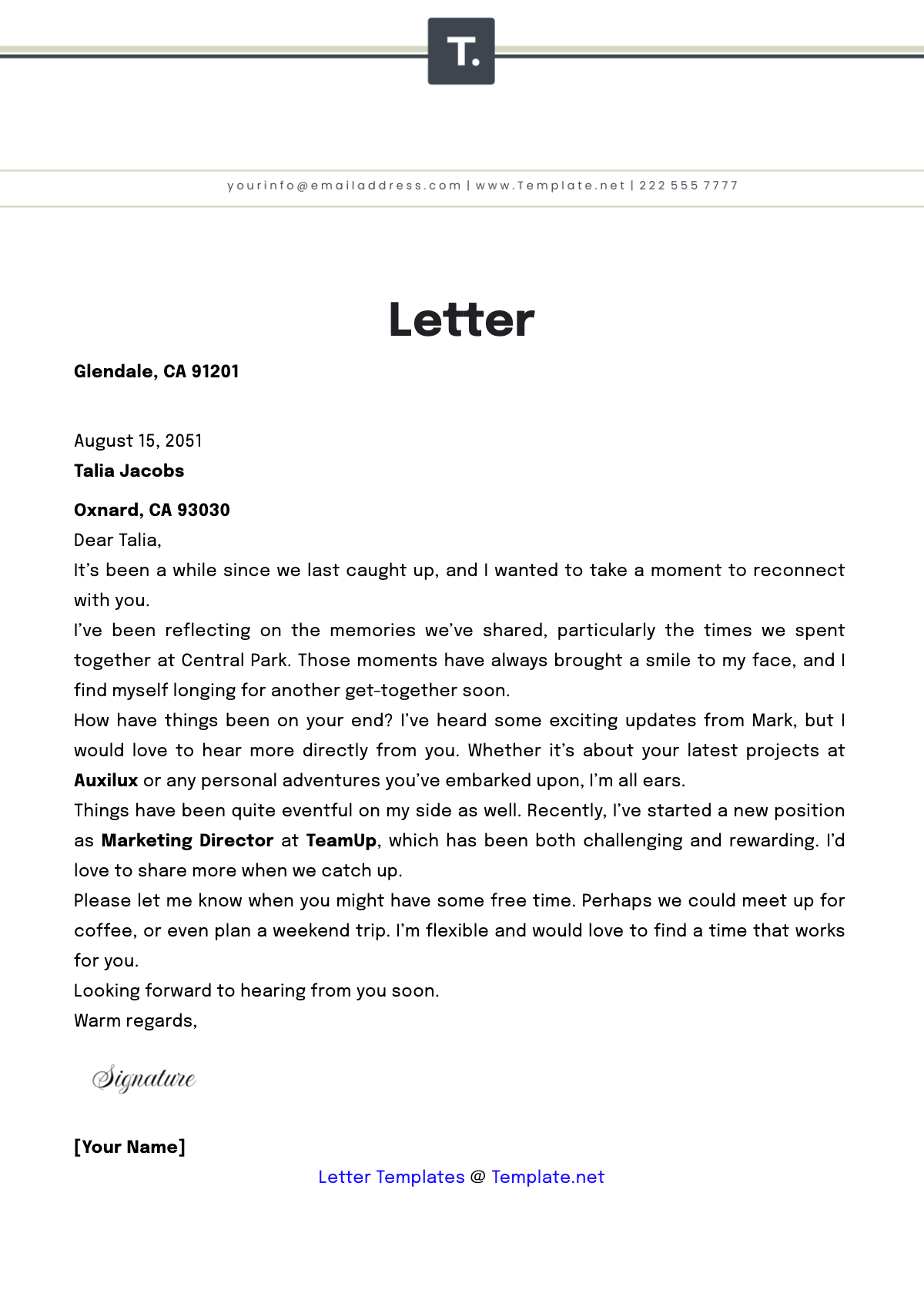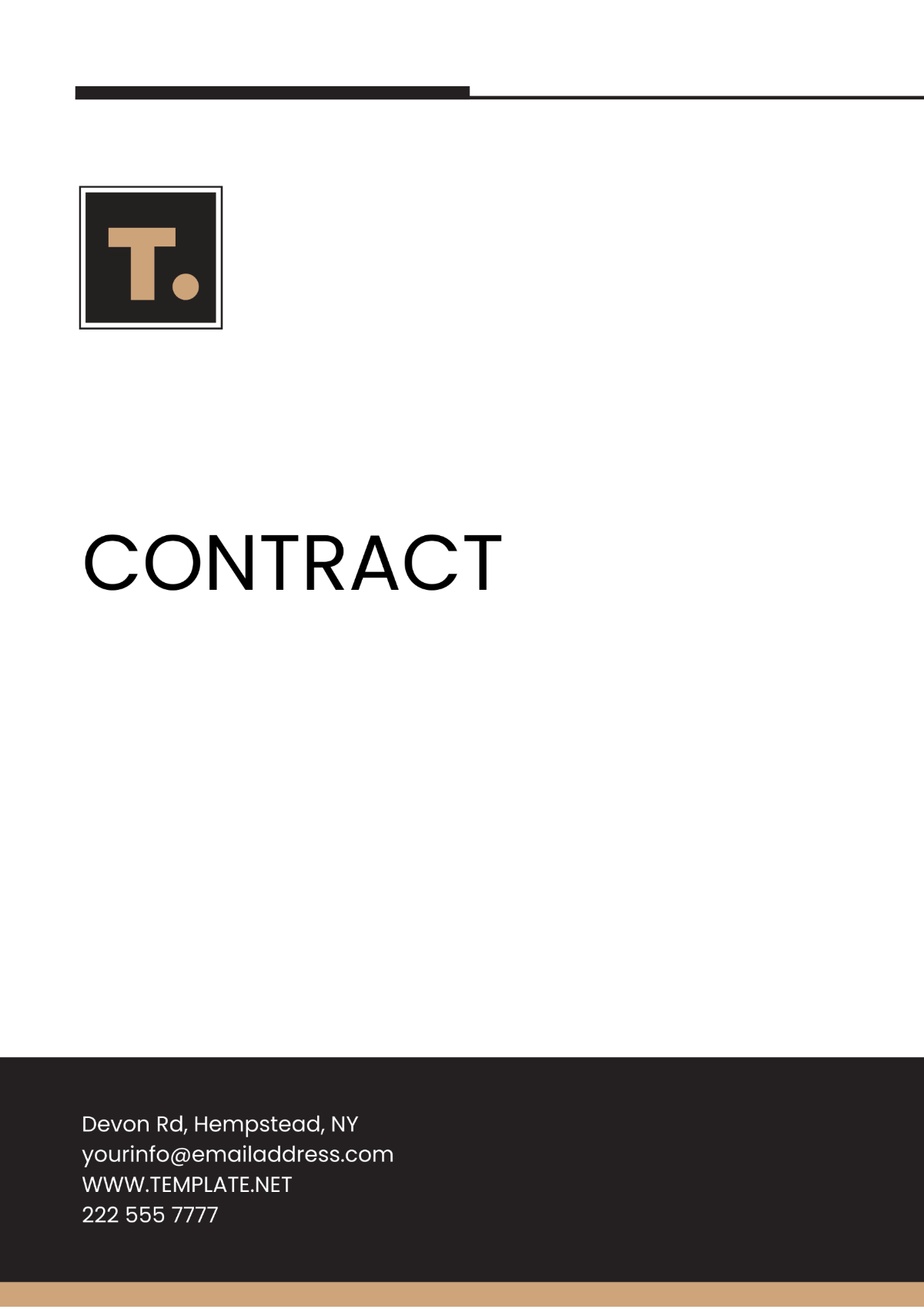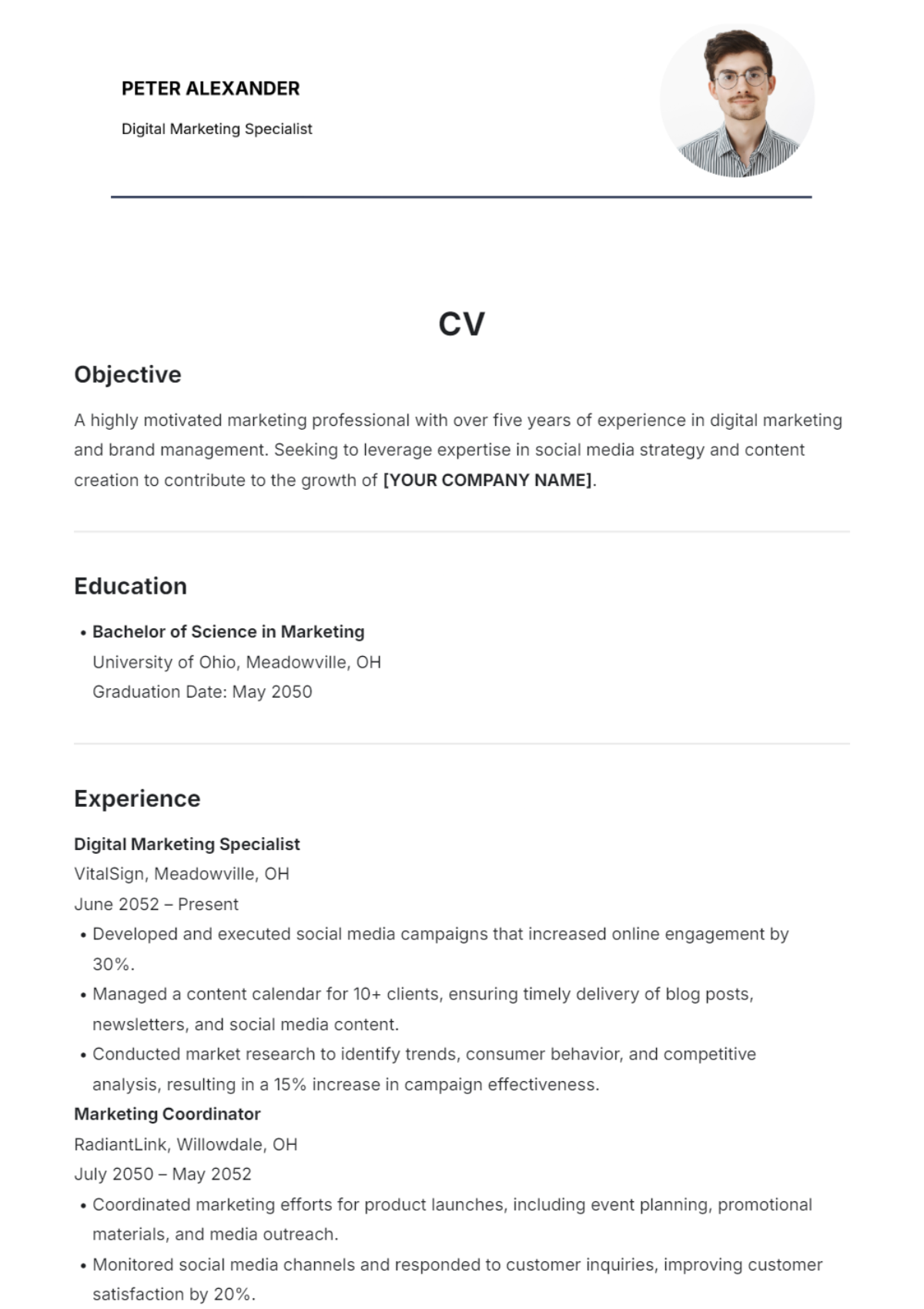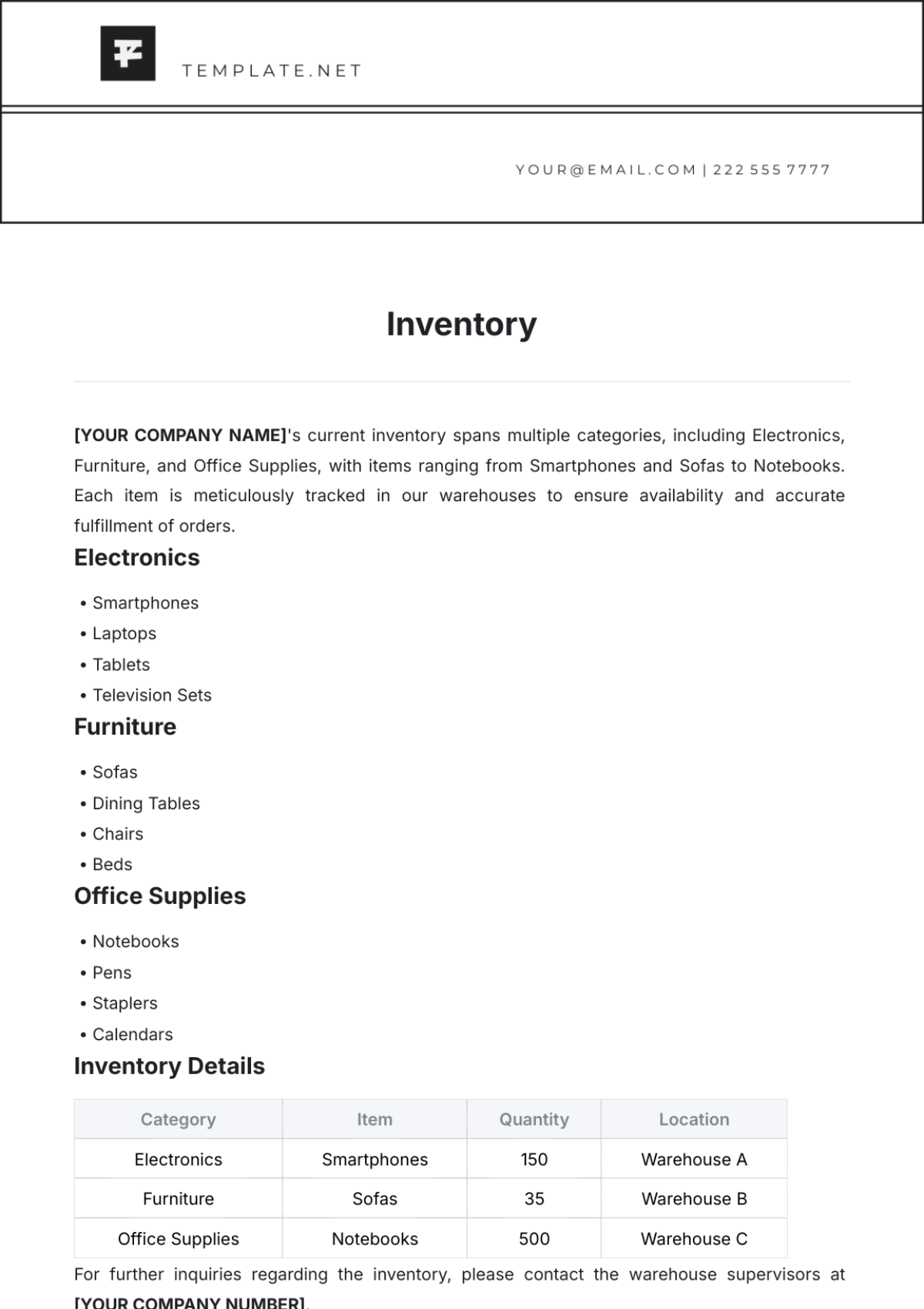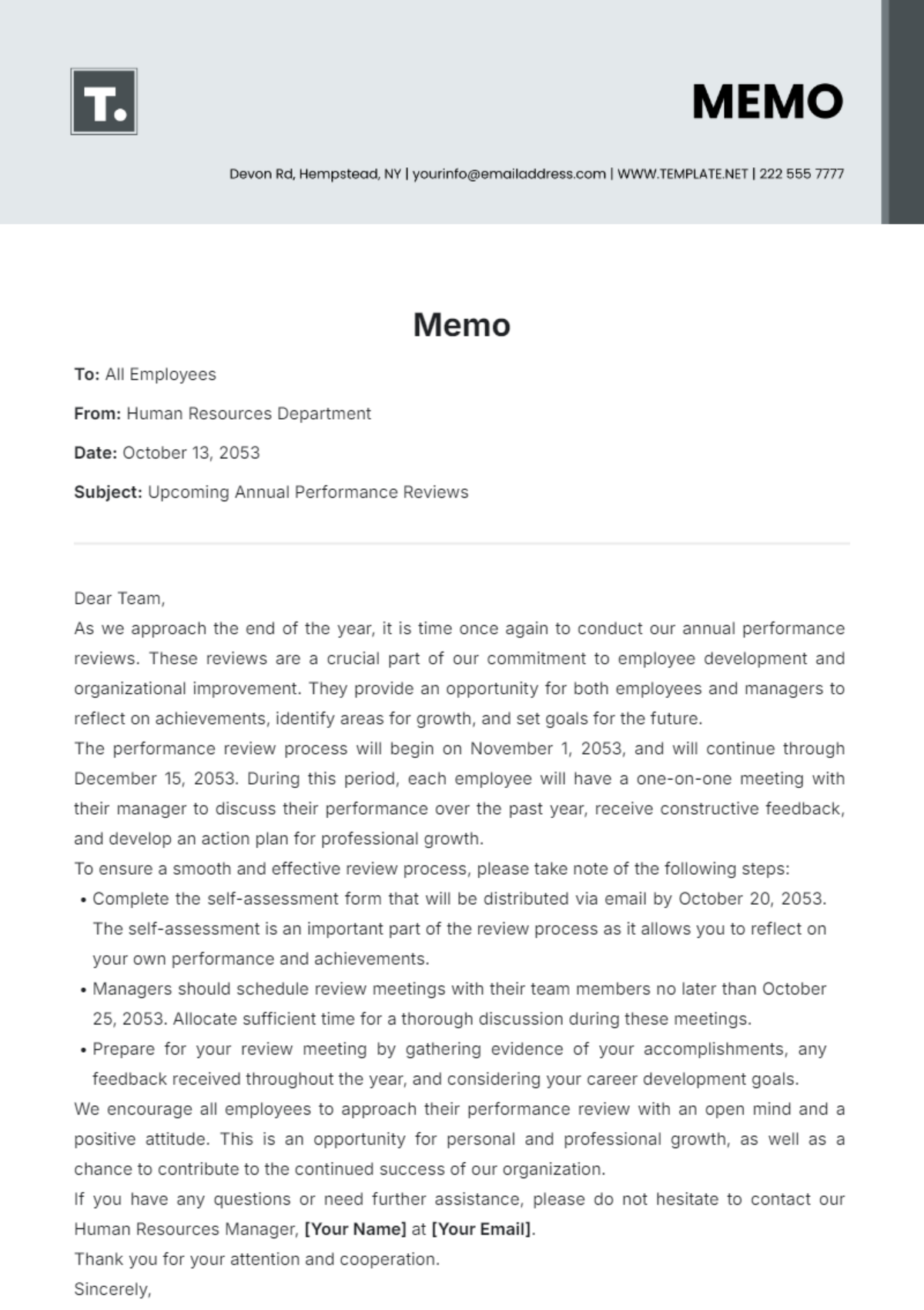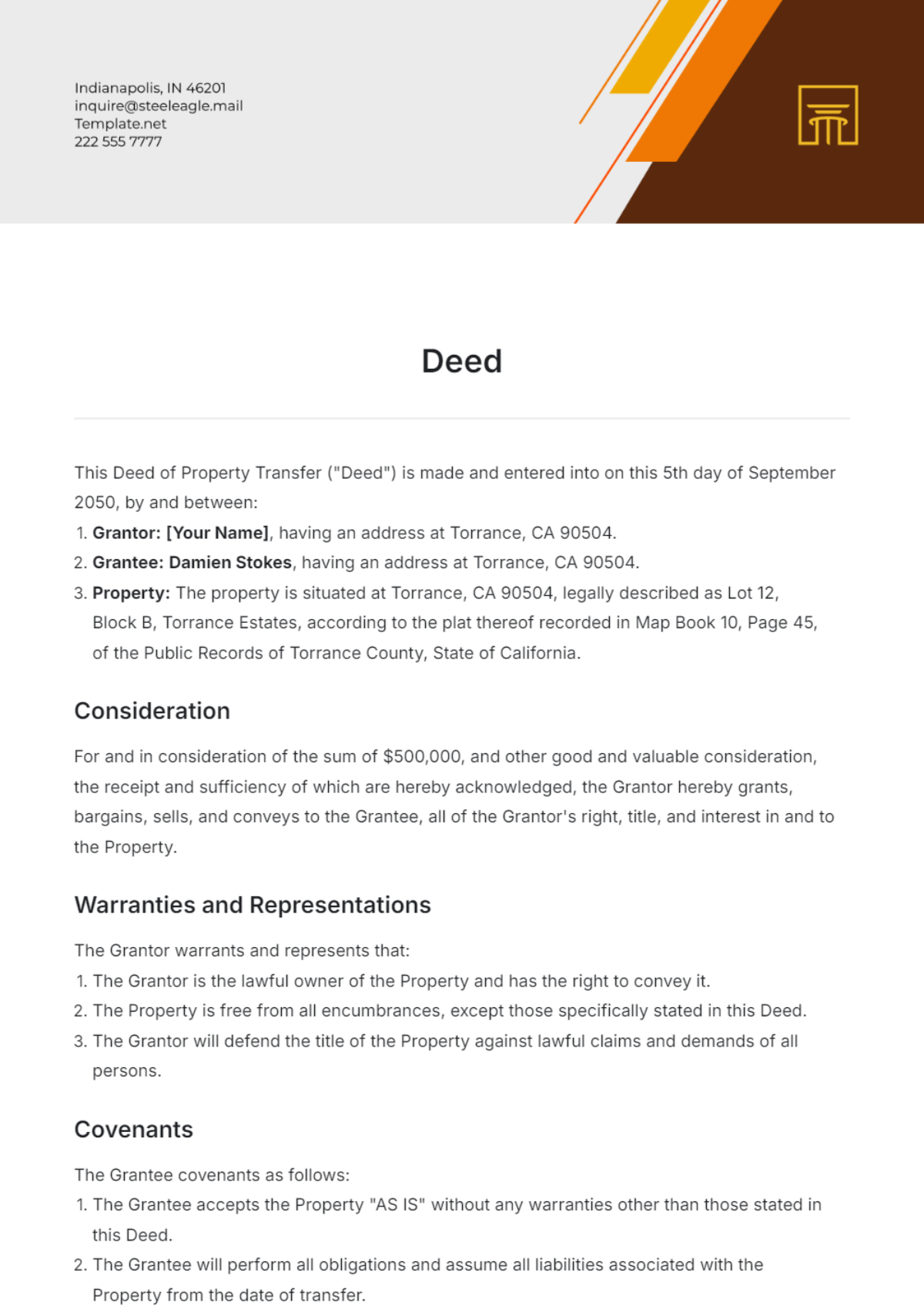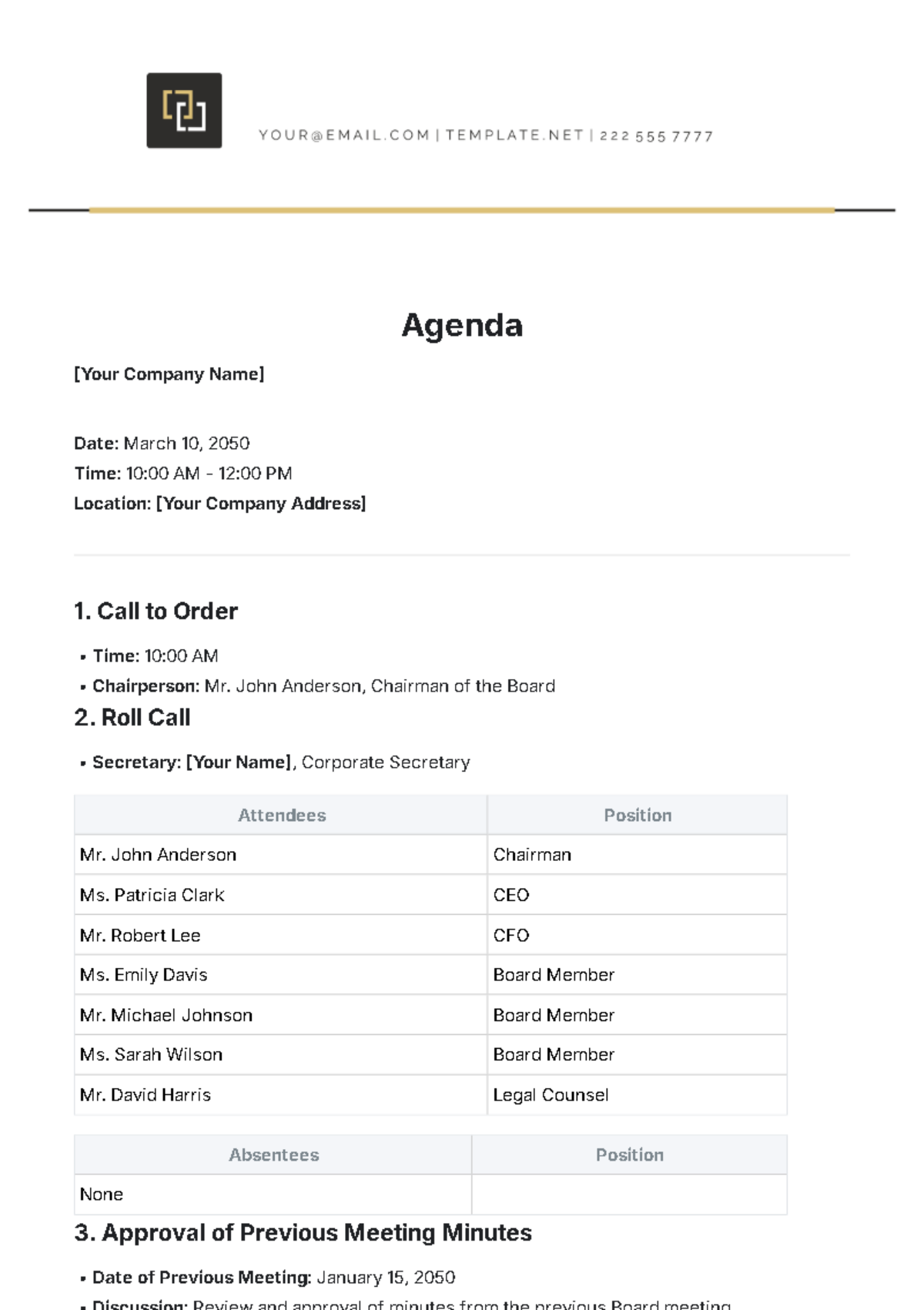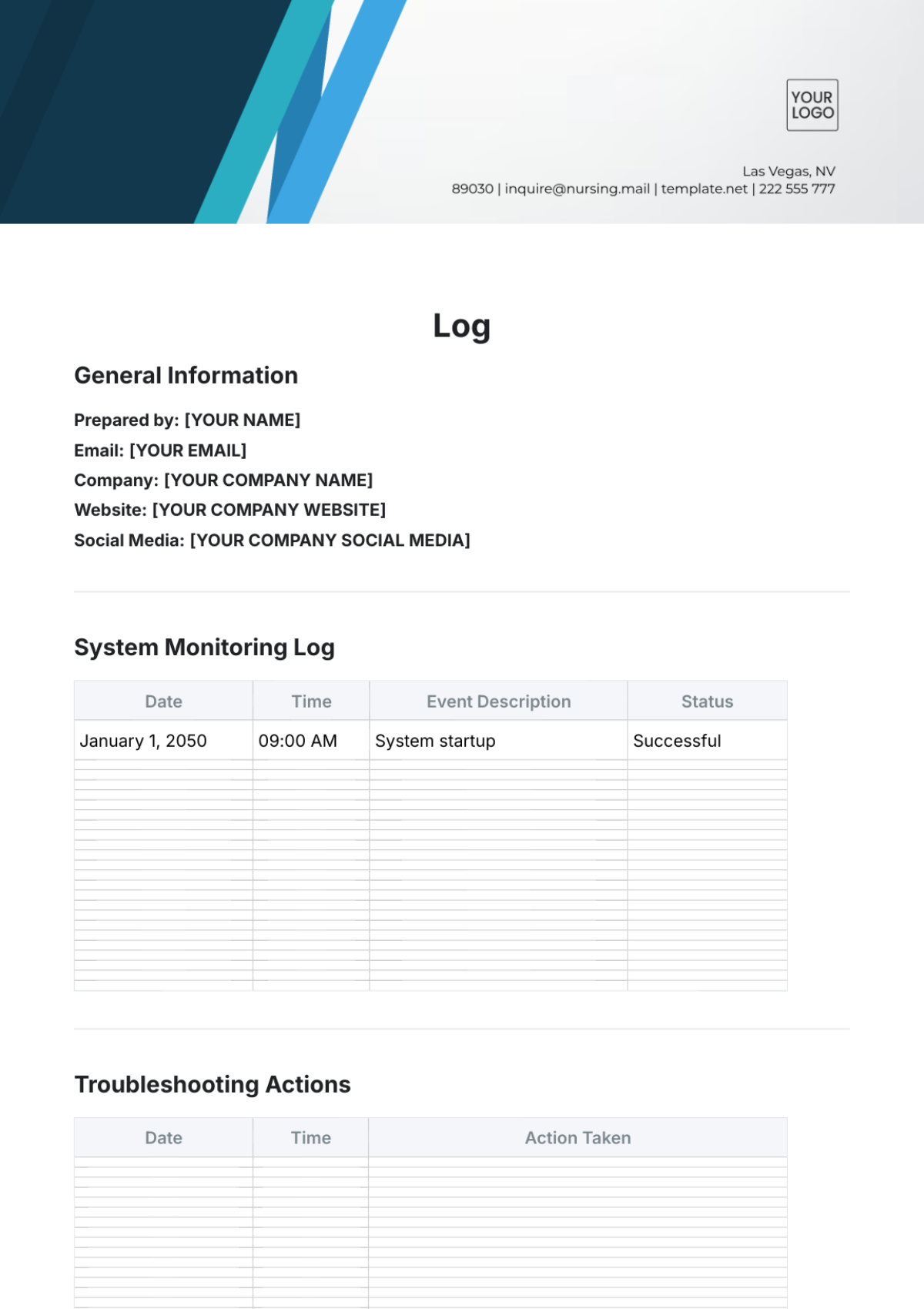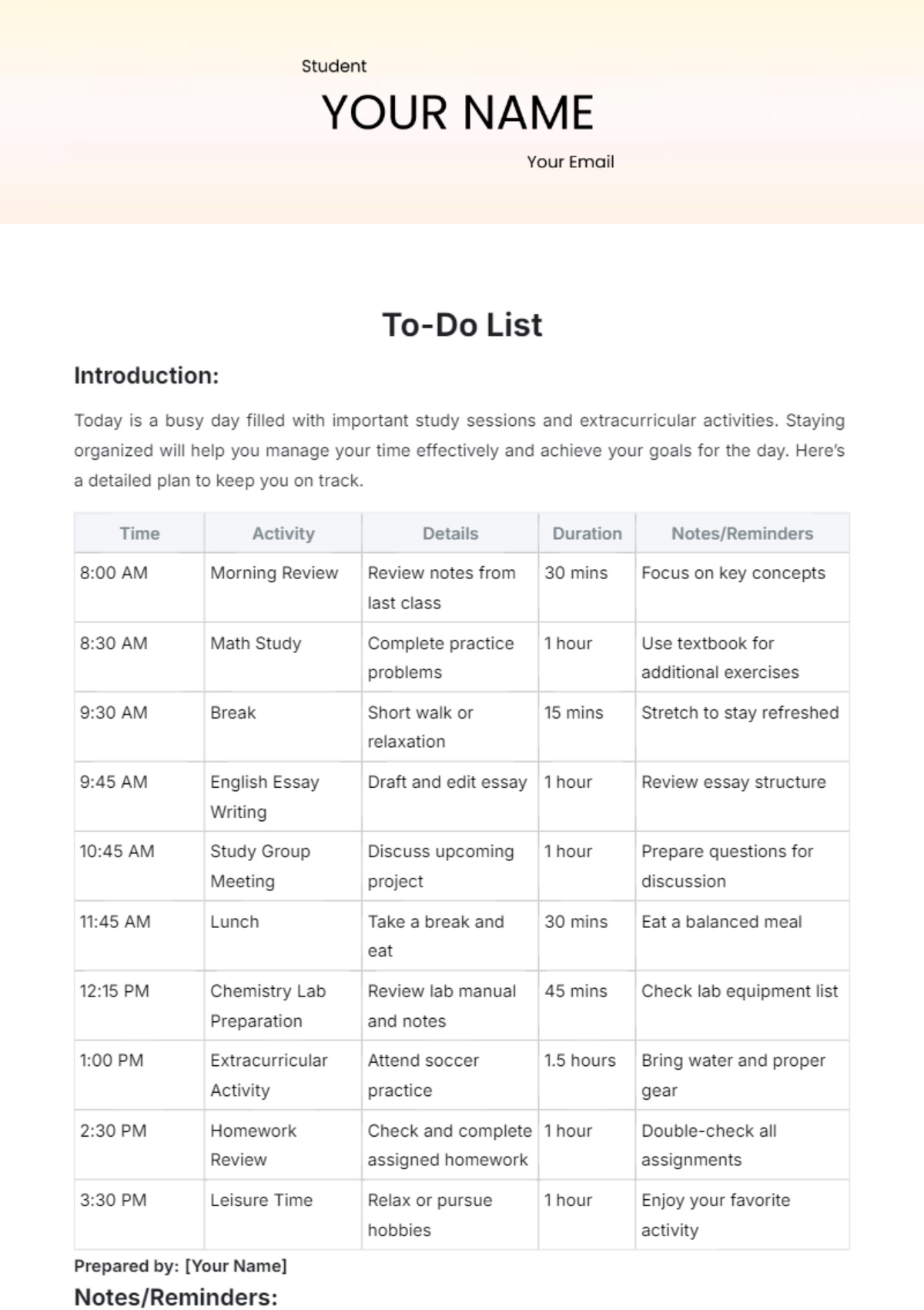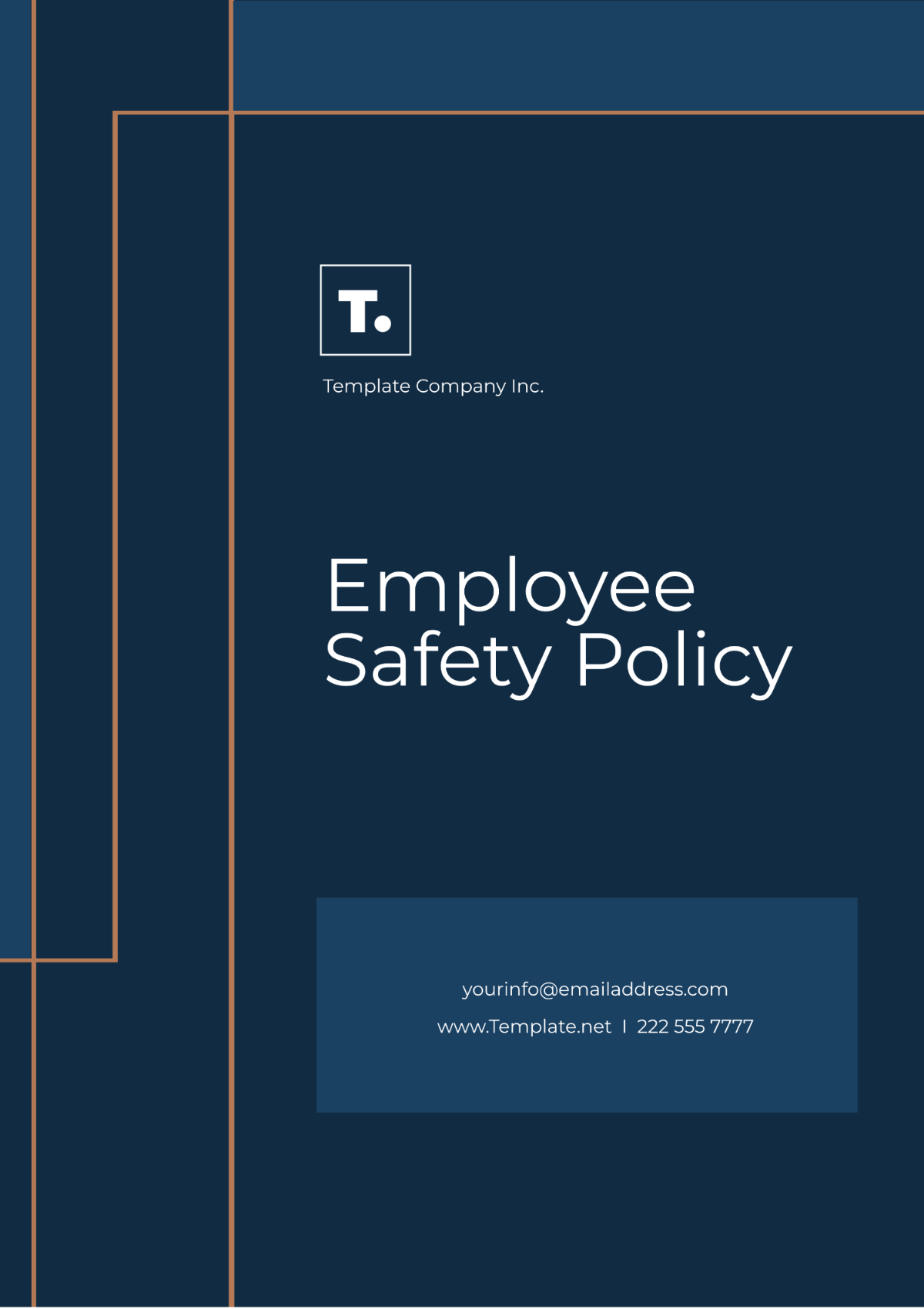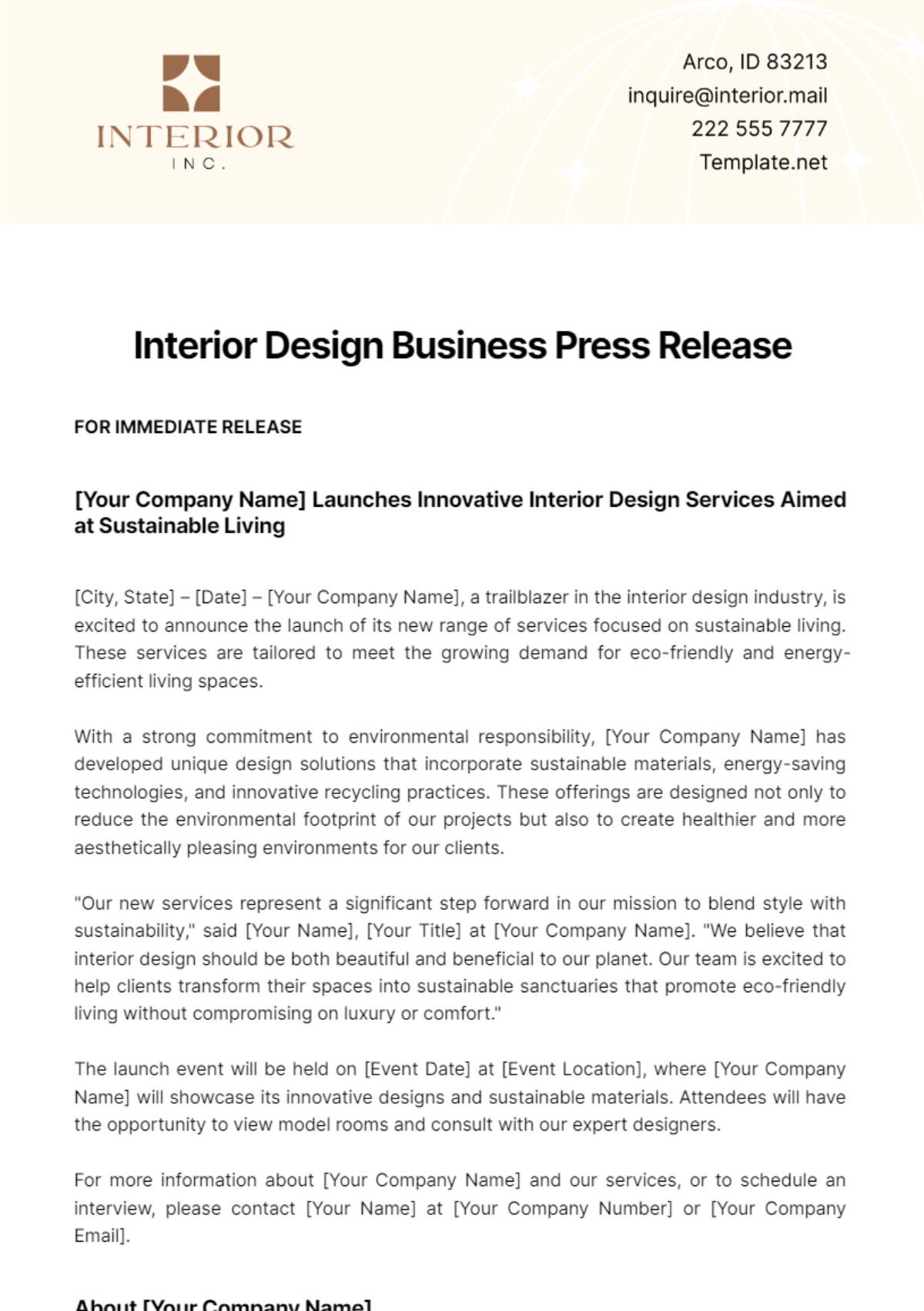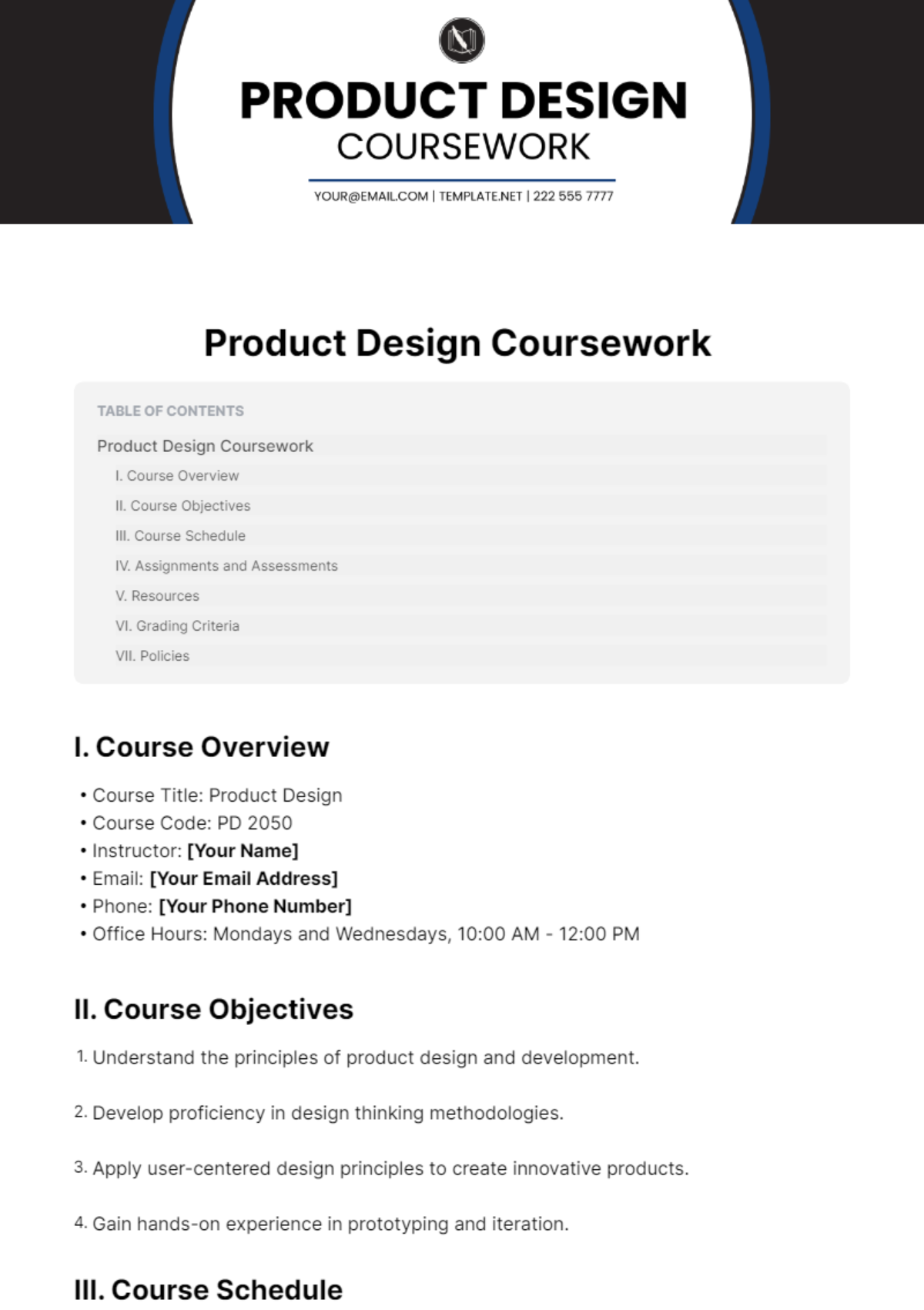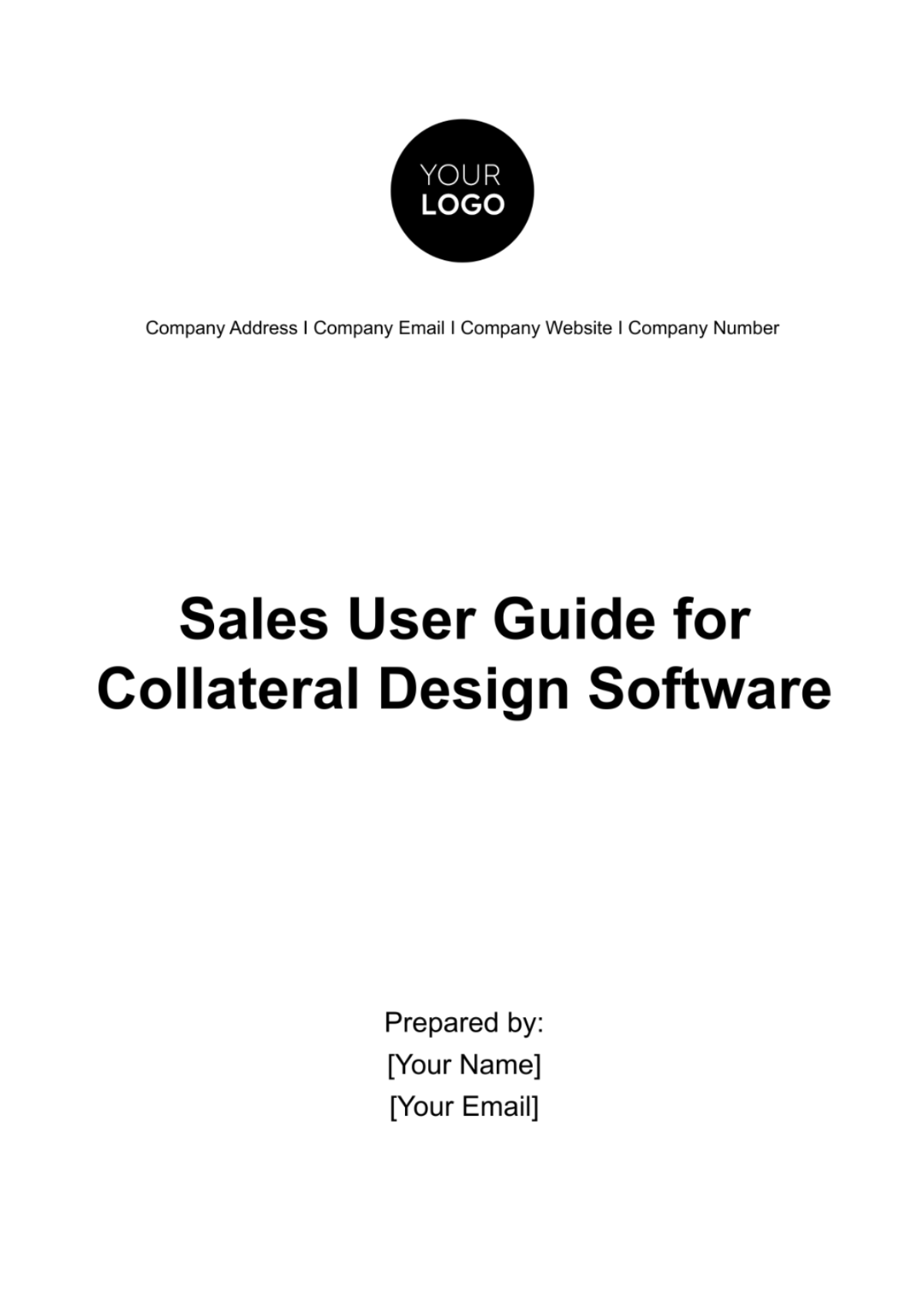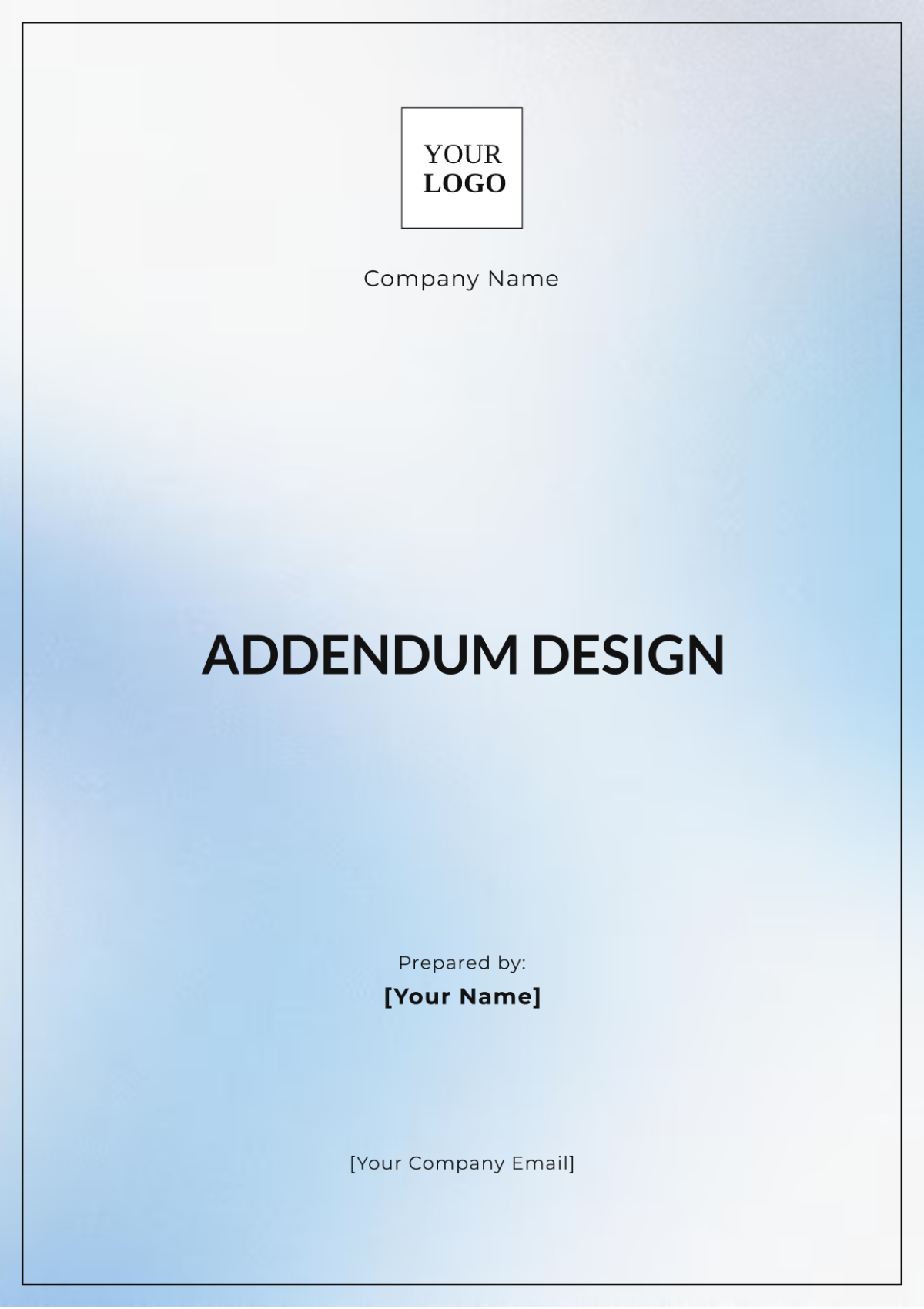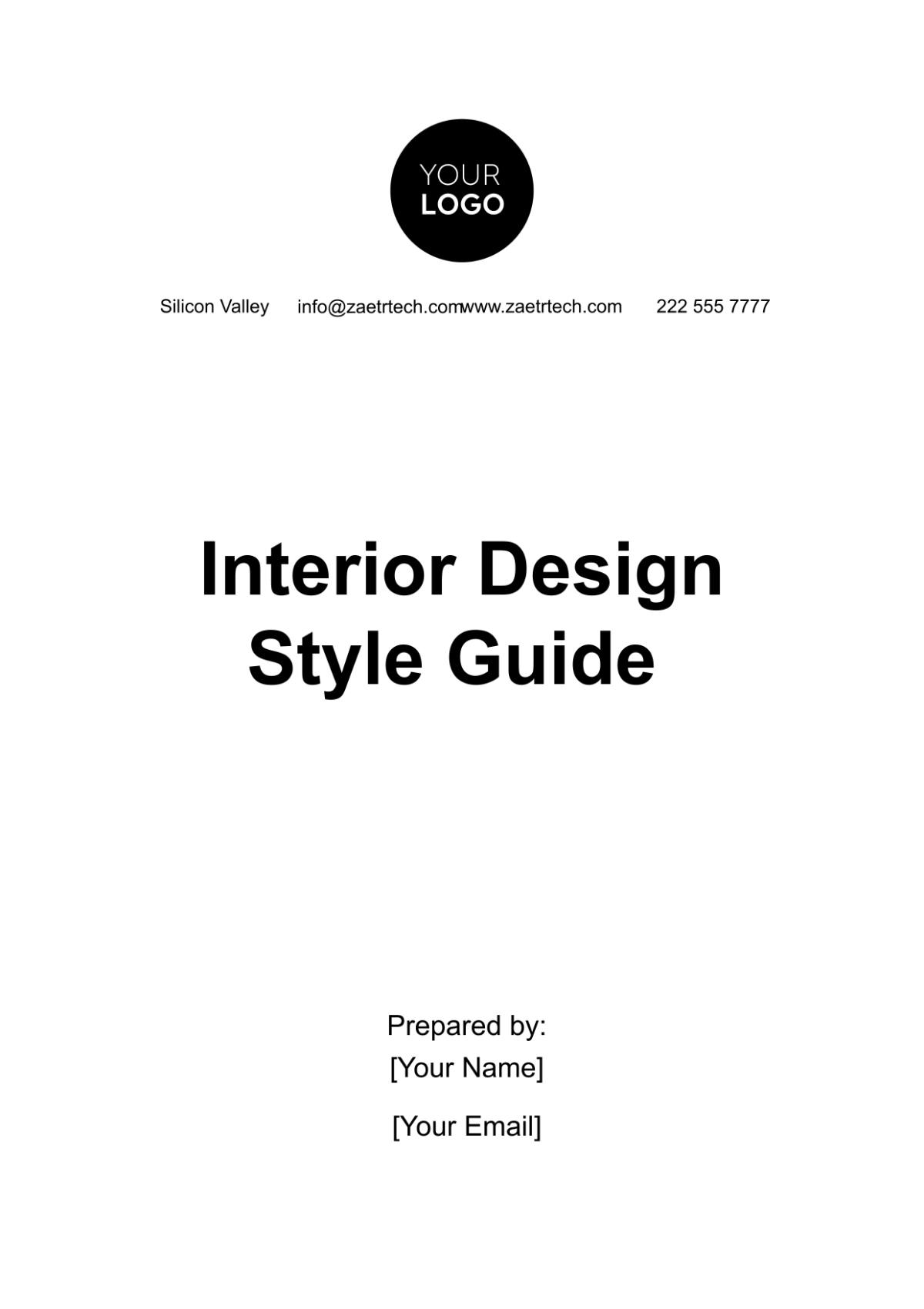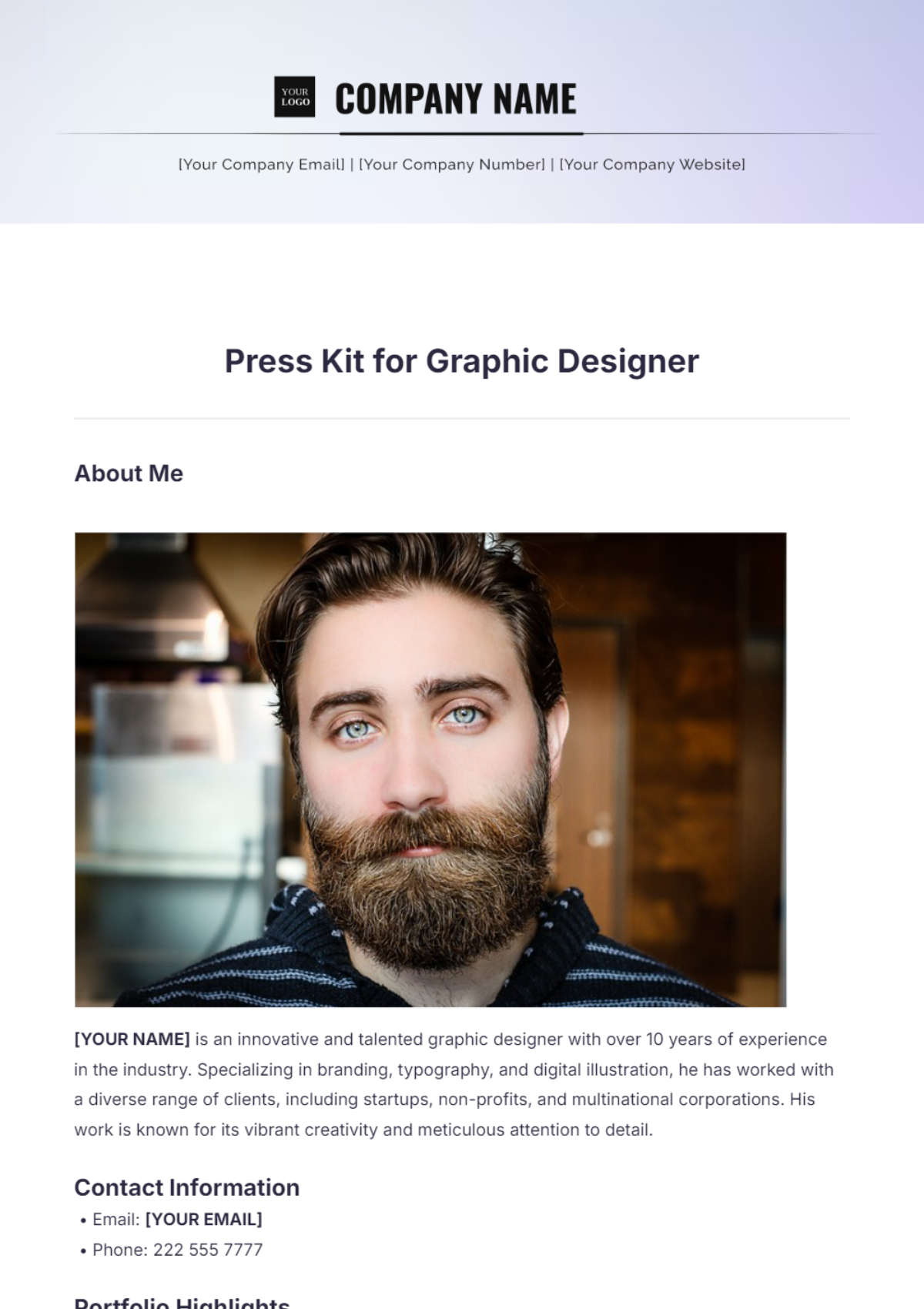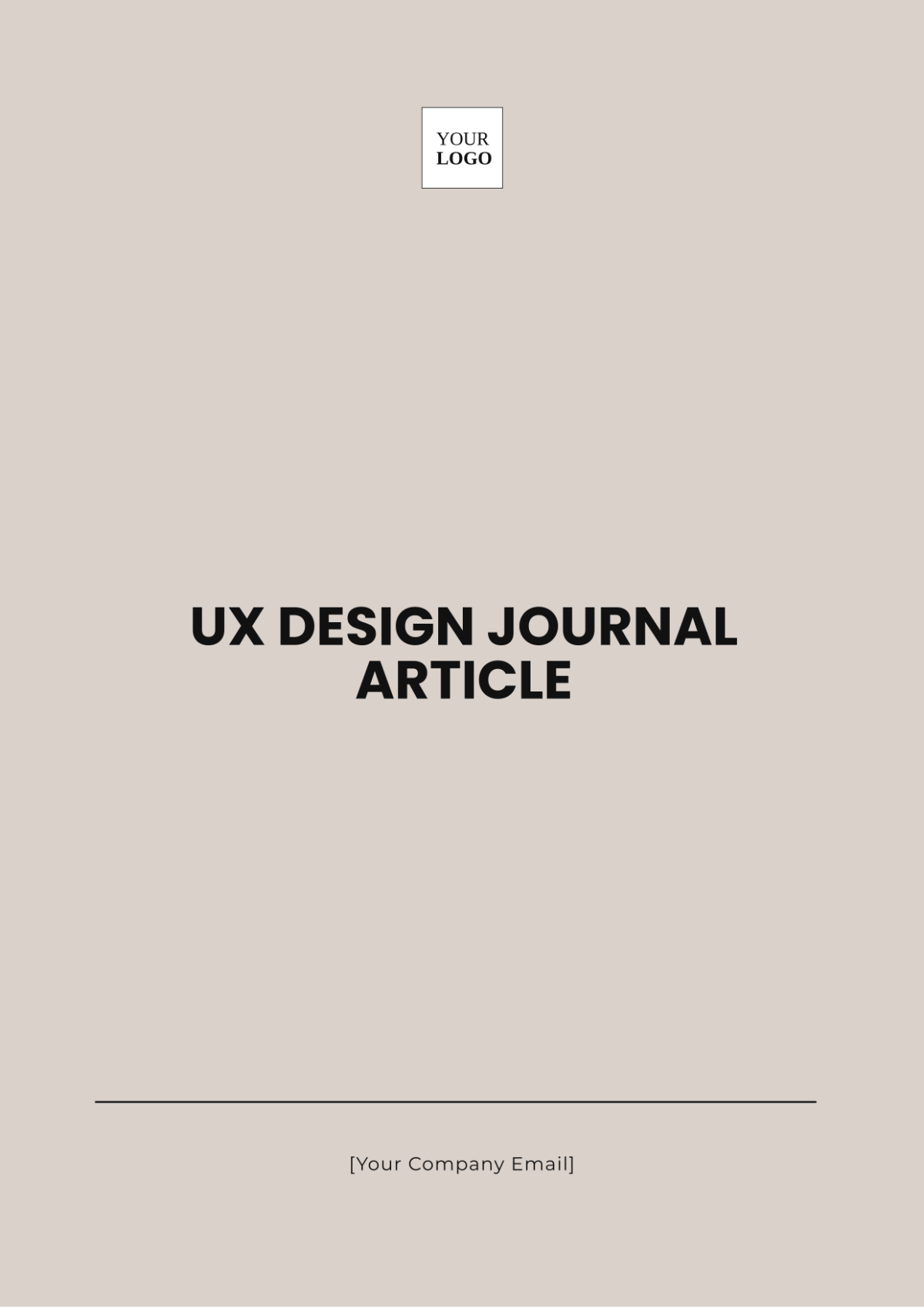Design Ethnography
1. Research Objectives
Objective 1: Identify and document specific user pain points and unmet needs related to the use of our mobile app for task management in daily life.
Objective 2: Analyze how cultural and contextual factors, such as work environment and personal routines, influence user interaction and satisfaction with the app.
2. Participant Information
Participant | Occupation | Age | Usage Pattern |
|---|---|---|---|
Participant 1 | Urban Professional (Marketing Manager) | 28 | Heavy Mobile User; uses the app for scheduling and task reminders during work hours and commuting. |
Participant 2 | Suburban Parent (Sales Director) | 30 | Moderate Mobile User; utilizes the app for family organization and personal task management, often during evenings. |
3. Context of Observation
Setting: Participants’ primary environments, including their home offices, workplaces, and commuting locations.
Environment Details:
Jane Doe: Observed during peak work hours and while commuting on public transport. Note the high-stress situations such as meeting preparations.
John Smith: Observed during evening family time and weekend activities. Note the balance between work and family responsibilities.
Mary Johnson: Observed during study sessions, library visits, and social activities. Note the use of the app in academic and social contexts.
Duration: 2 weeks, with a combination of direct observation and in-situ interviews.
4. Data Collection Methods
Interviews: Conducted semi-structured interviews with each participant to gather qualitative data on their app usage experiences and preferences. Interviews lasted approximately 45 minutes each.
Field Notes: Detailed observations recorded manually and digitally, capturing user behavior, app interactions, and contextual factors.
Video Recordings: Screen recordings of app usage sessions to analyze user interface interactions and identify areas of difficulty or confusion. All recordings were made with participant consent and anonymized for analysis.
5. Key Findings
Pain Point 1: Participants, especially in high-stress scenarios, found the app’s navigation complex and unintuitive. For instance, the participant struggled to quickly access task reminders during a busy workday.
Pain Point 2: Frequent users, expressed a desire for more customization options to tailor the app’s features to their specific needs, such as prioritizing tasks and integrating with academic schedules.
Cultural Insight: Urban users prioritize speed and efficiency due to their fast-paced environment, while suburban users value reliability and ease of use for family management.
6. Implications for Design
Improvement 1: Simplify navigation by introducing a more intuitive interface with quick access to critical features, especially under high-stress conditions. Consider implementing a ‘priority mode’ for urgent tasks.
Improvement 2: Develop and integrate advanced customization features, allowing users to personalize their task management experience according to their routines and preferences. This includes customizable task categories and flexible scheduling options.
Design Consideration: Create tailored user flows that adapt to different user contexts. For instance, an ‘urban mode’ for efficiency-focused users and a ‘suburban mode’ for ease of use.
7. Conclusion
The ethnographic research revealed significant opportunities for enhancing the mobile app’s usability and user satisfaction. By addressing identified pain points and incorporating user-specific customization options, the app can better meet the needs of diverse user groups. The next phase will involve iterative design changes based on these findings and further user testing to validate improvements.
